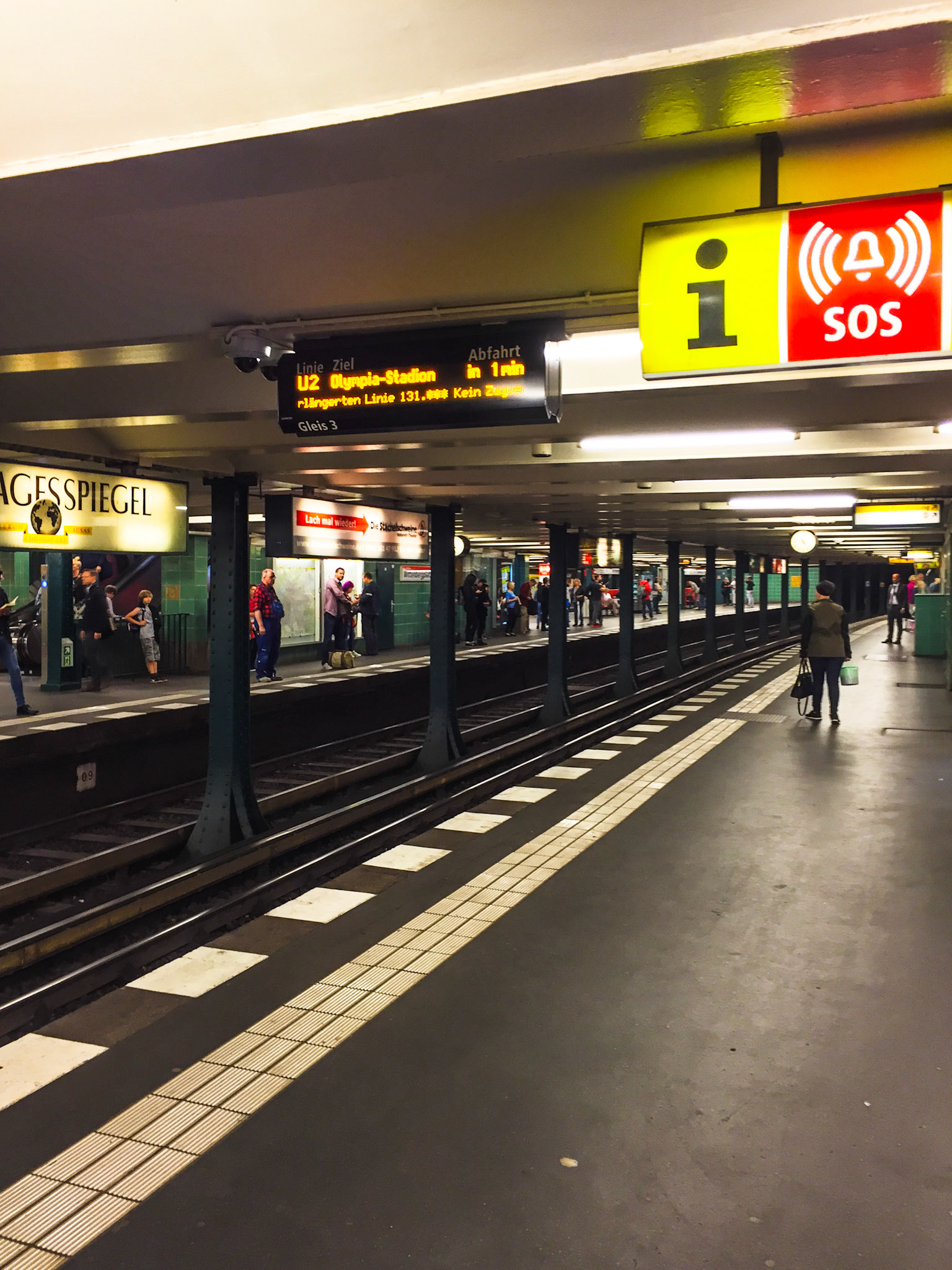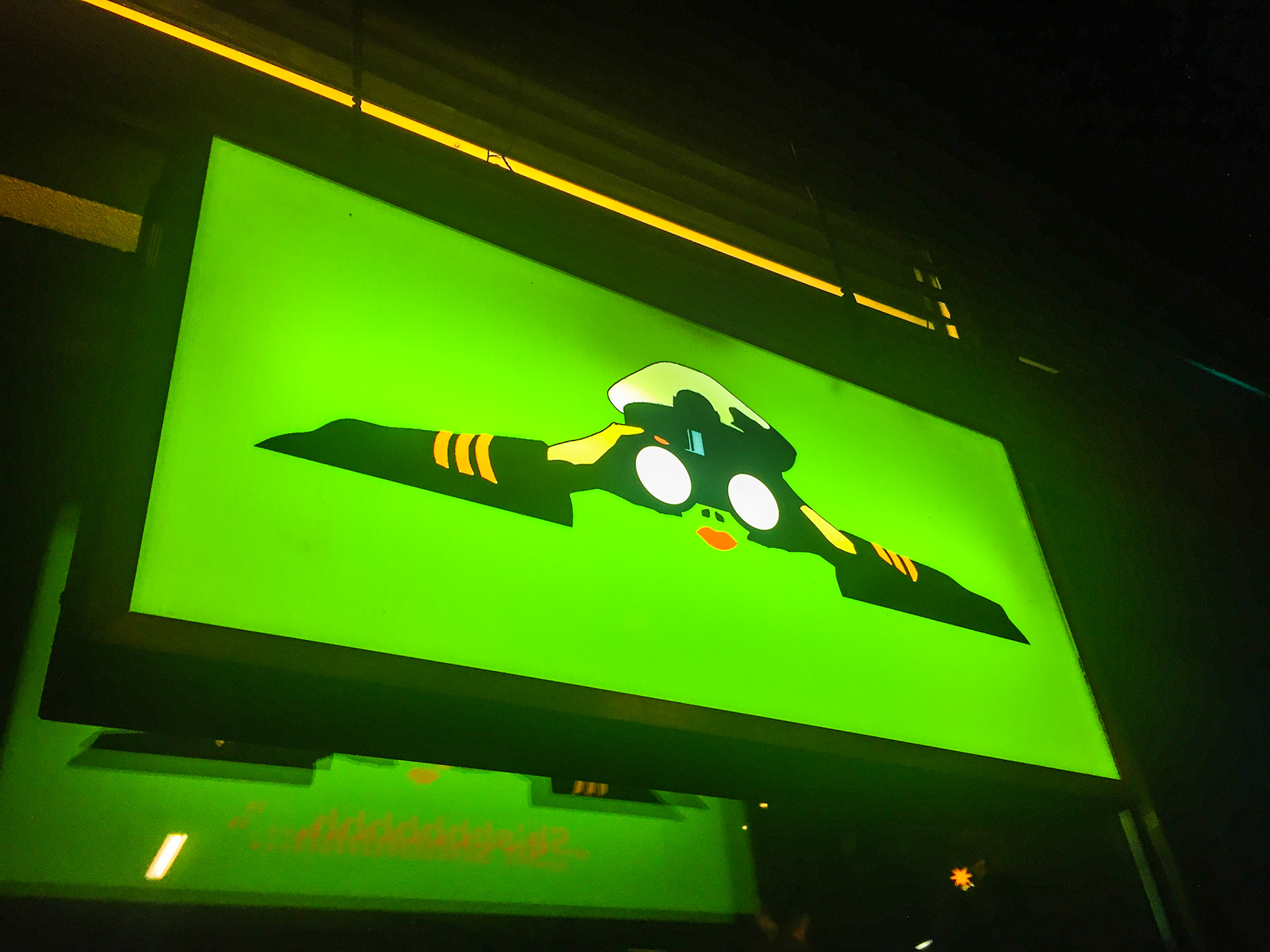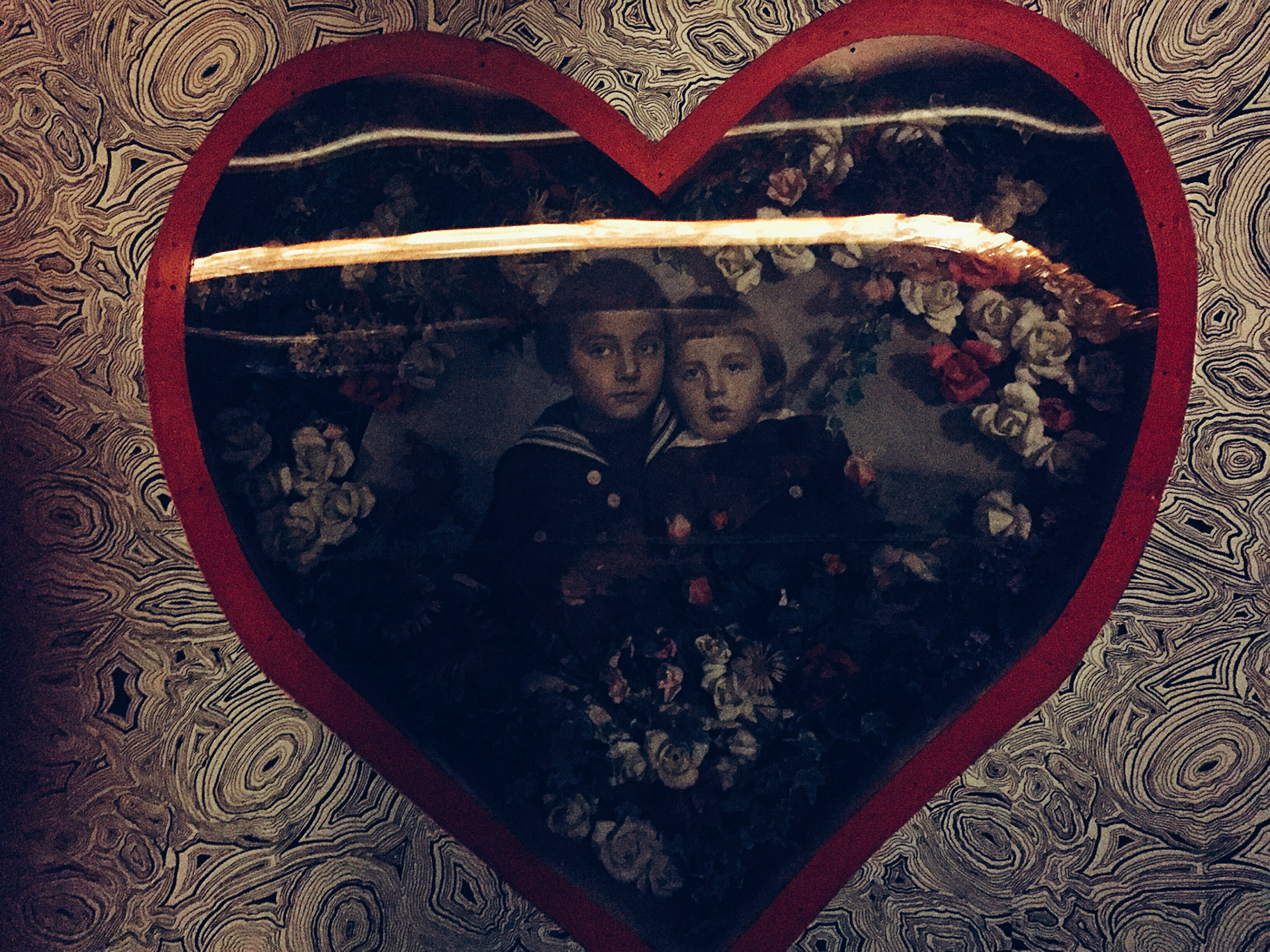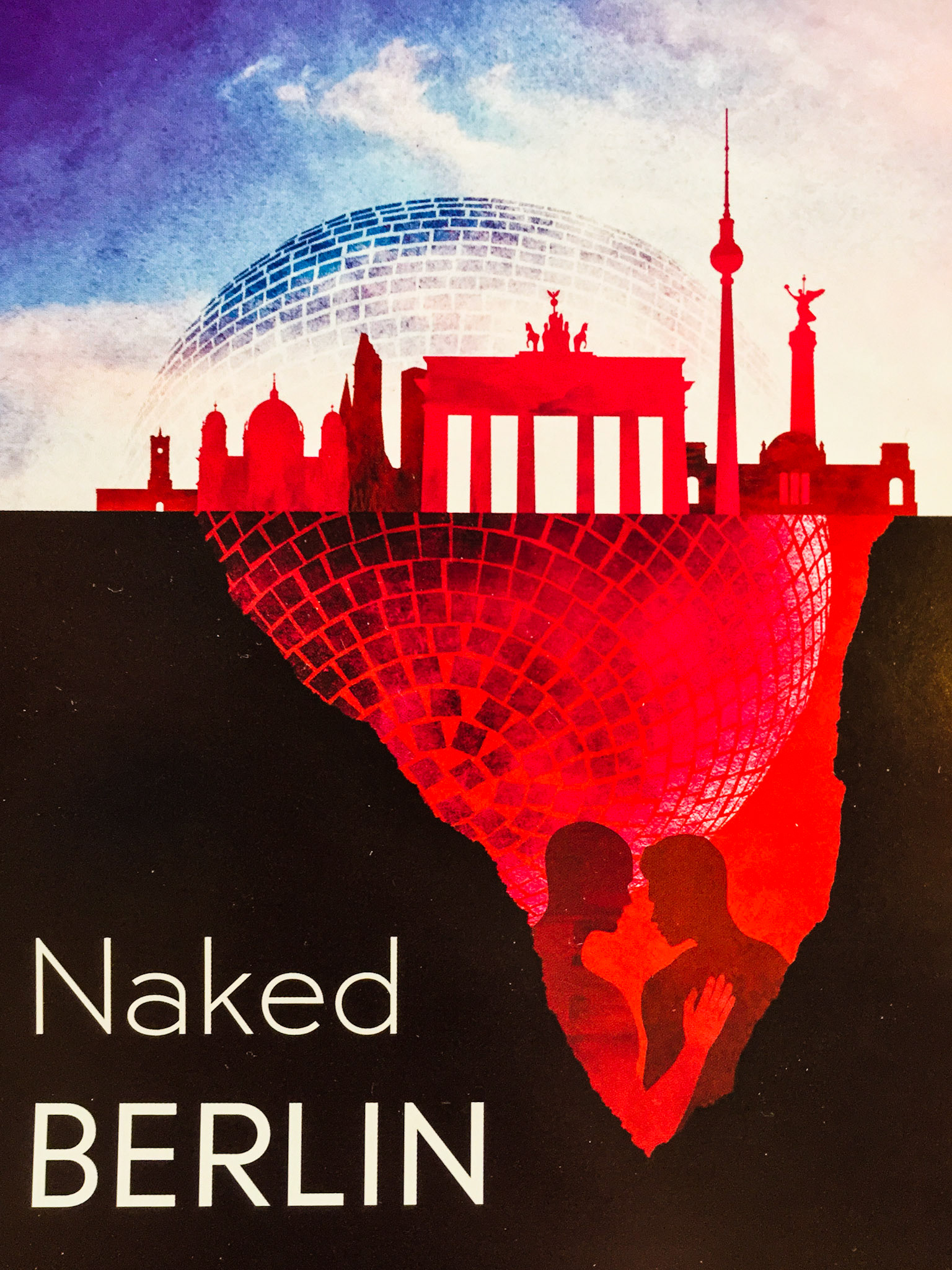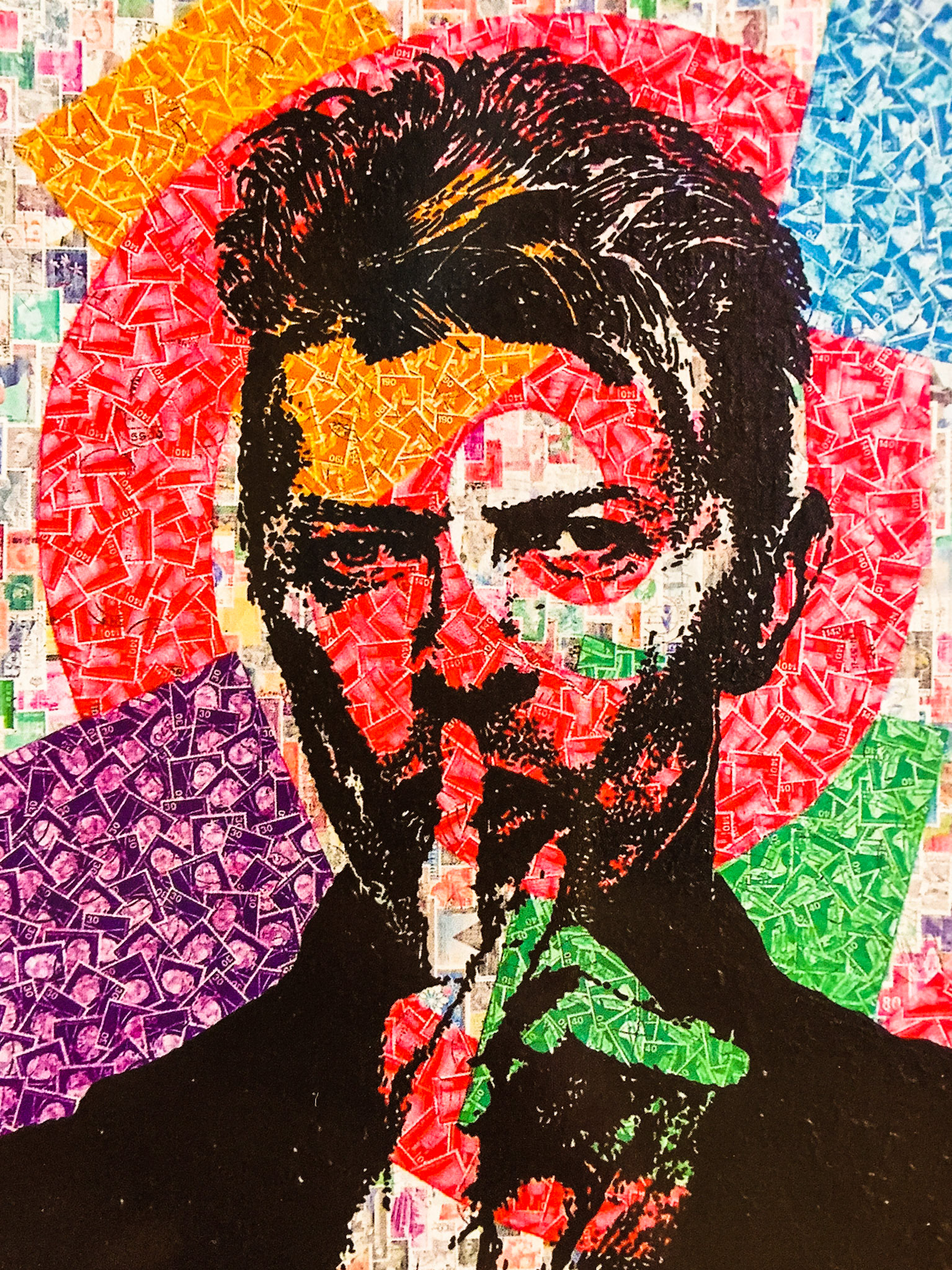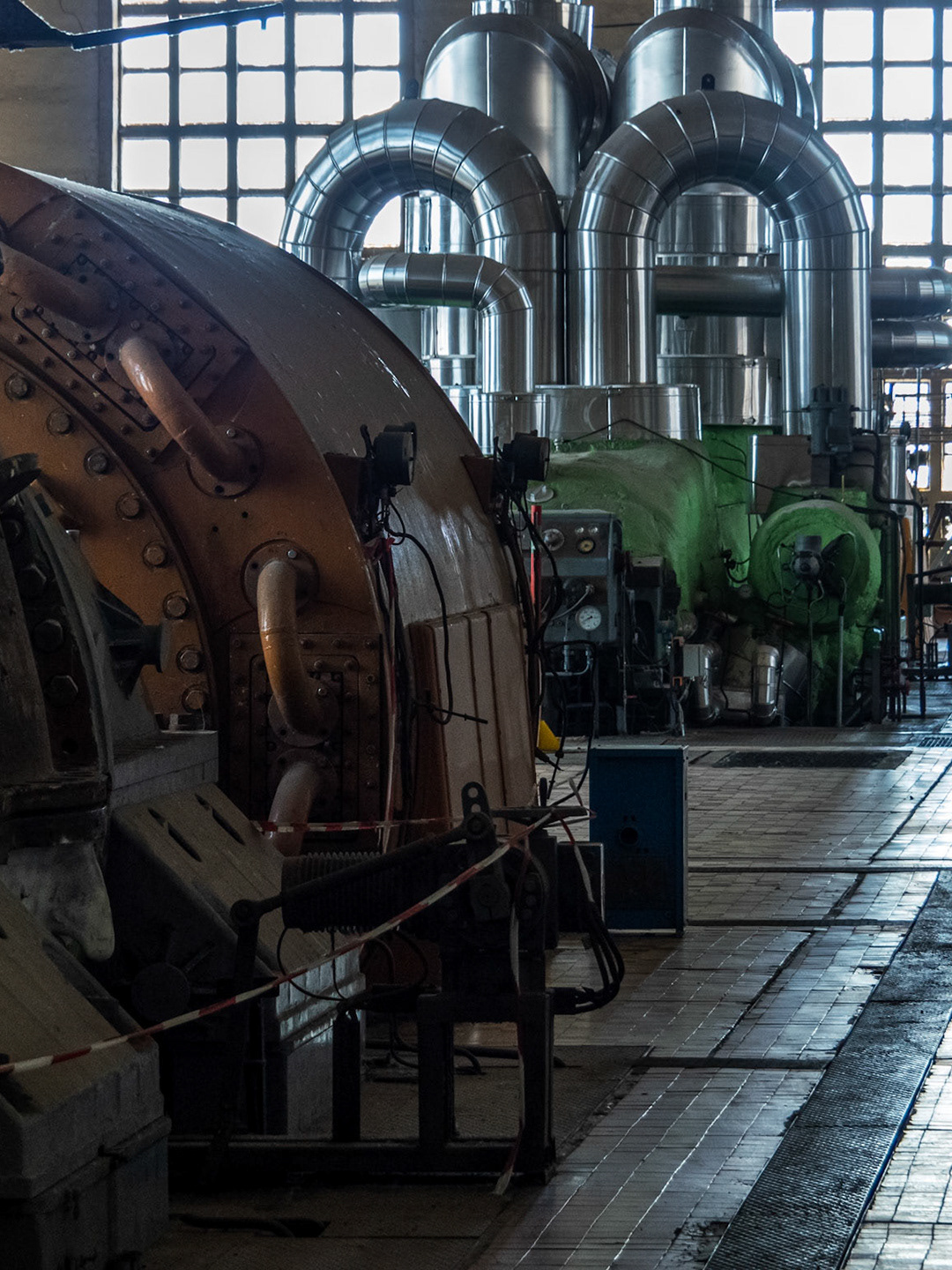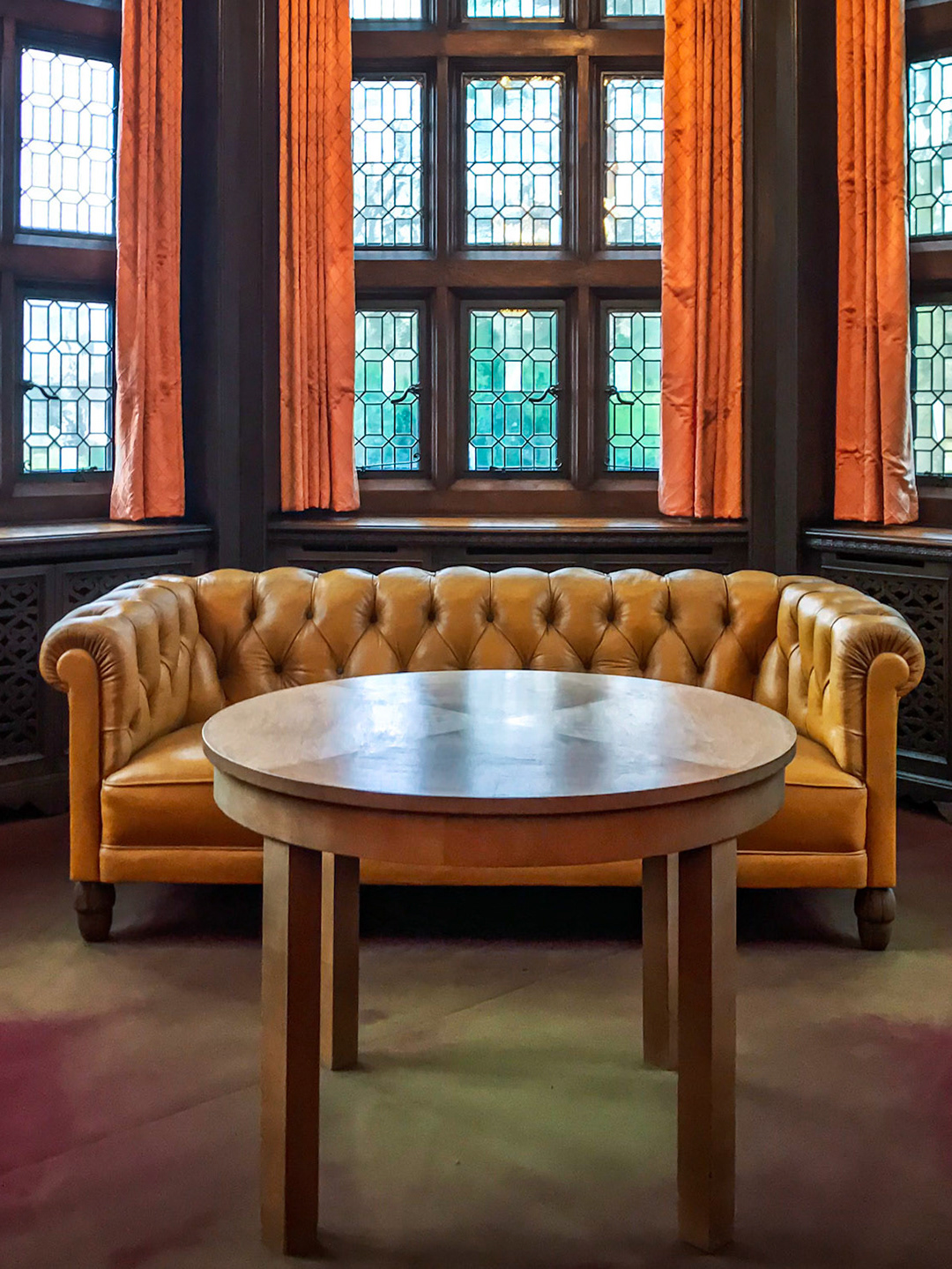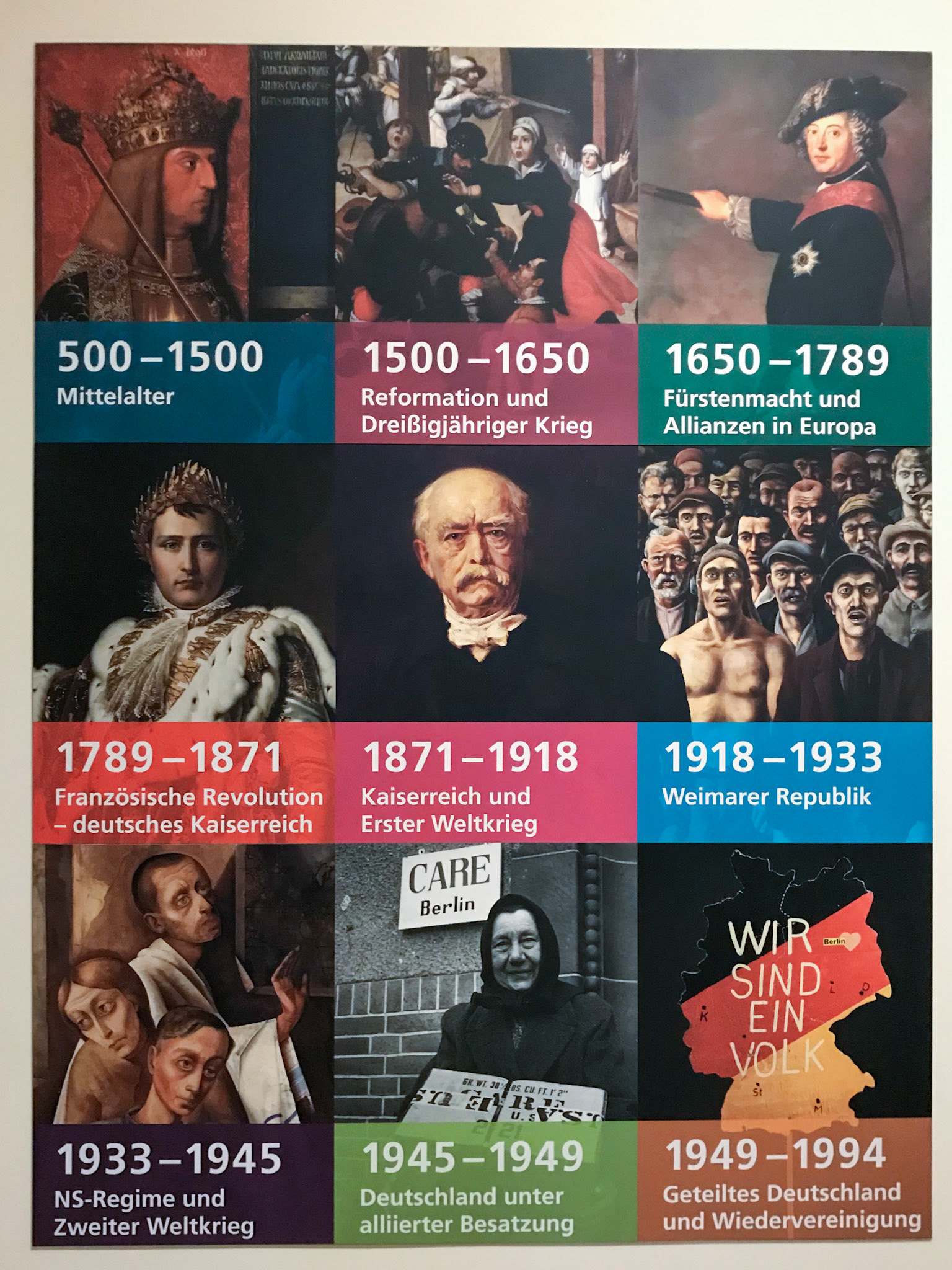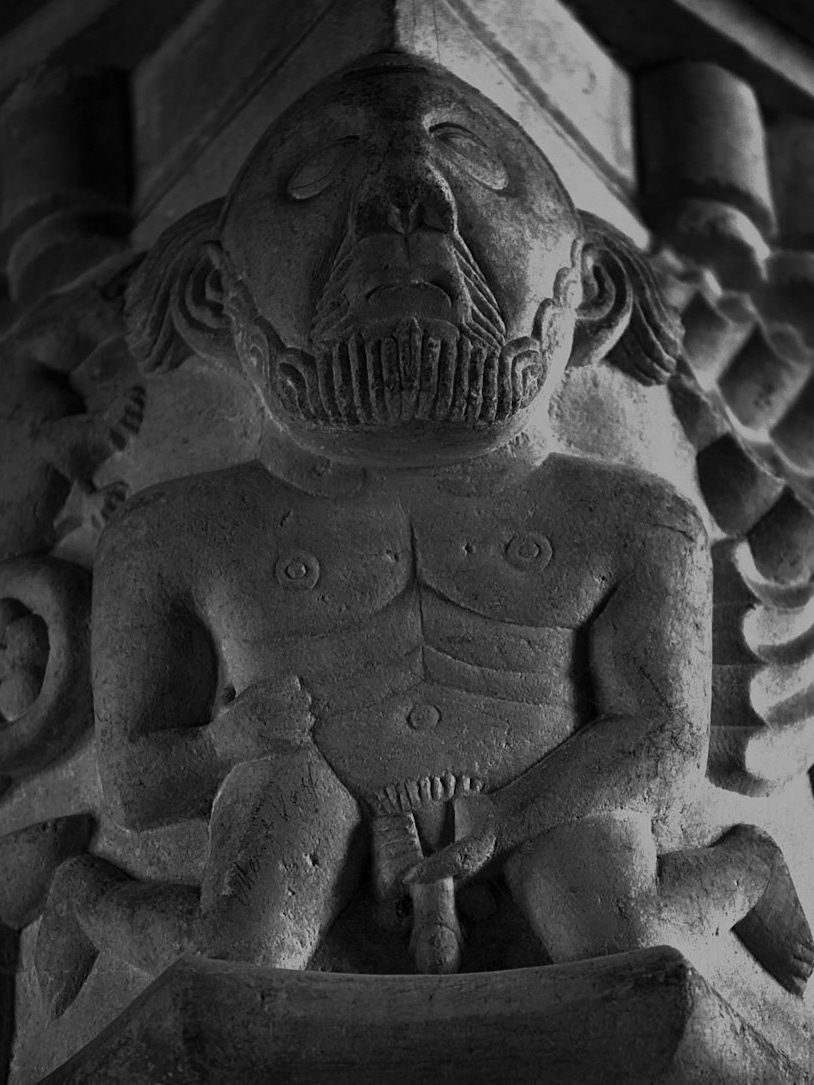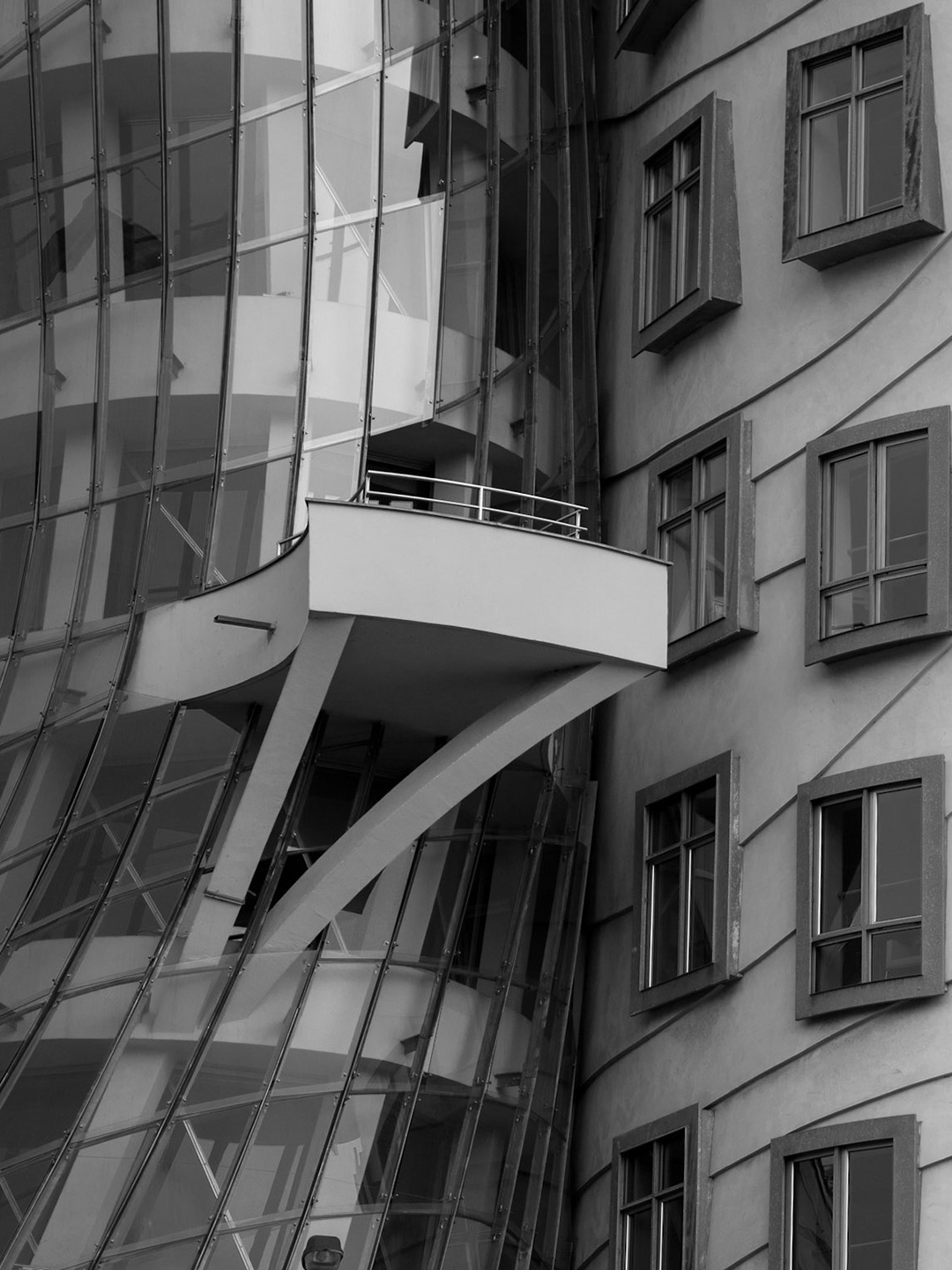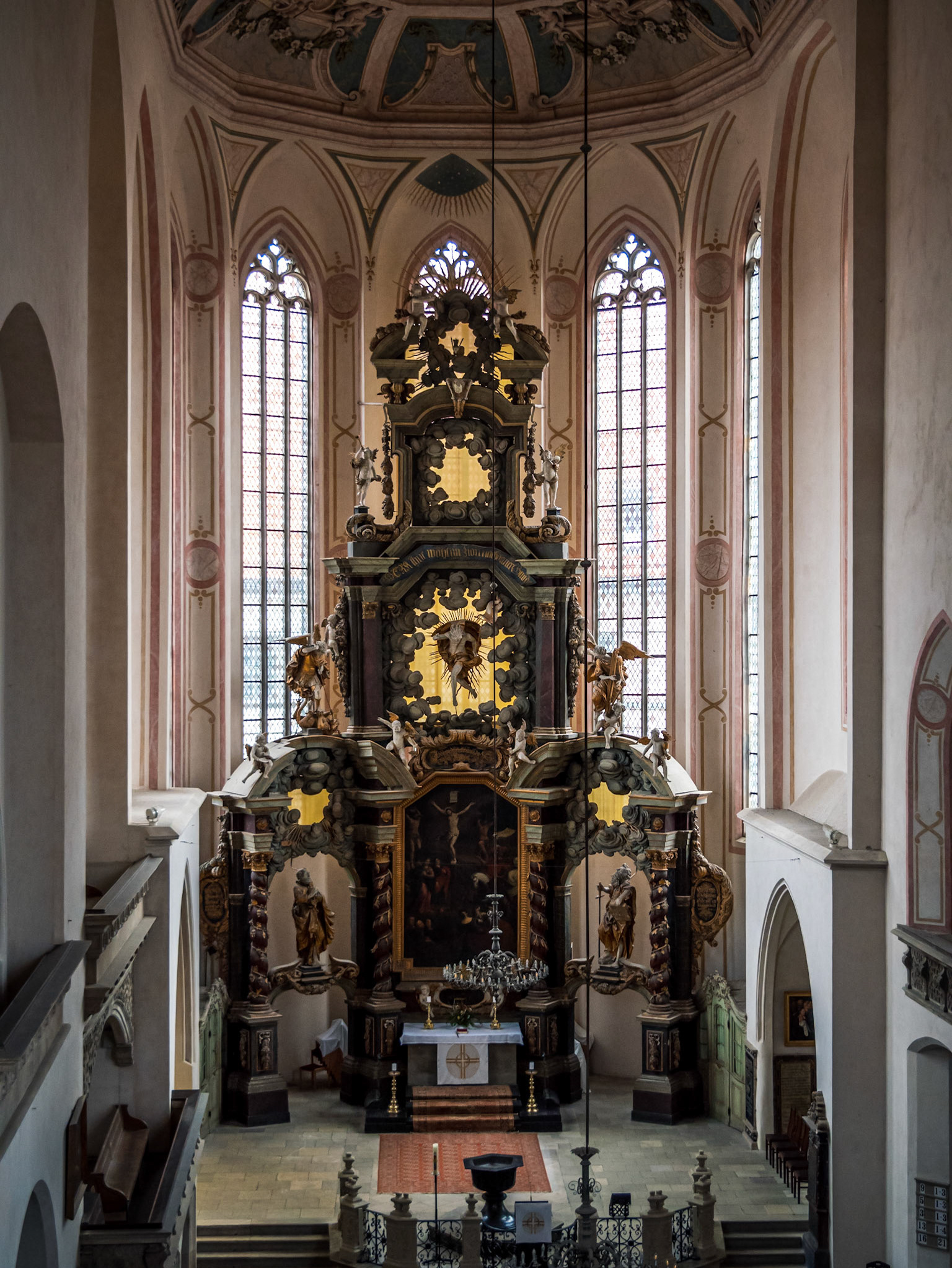Last night we arrived in Berlin, this time we did not stay at our favorite Maritim, but at the Inter-Continental which, among other conveniences, is located within walking distance to the Bermuda Triangle in Schöneberg, my favorite place to get lost since 1990, so I used this opportunity to meet old friends and have a couple of beers with them in the legendary Hafen bar. But knowing how much work there is ahead of me, I surprised myself and went to bed before 2 am. We can party all night long in April after all, we said, I will come back several times this year anyway, so what? Well… little did we know…
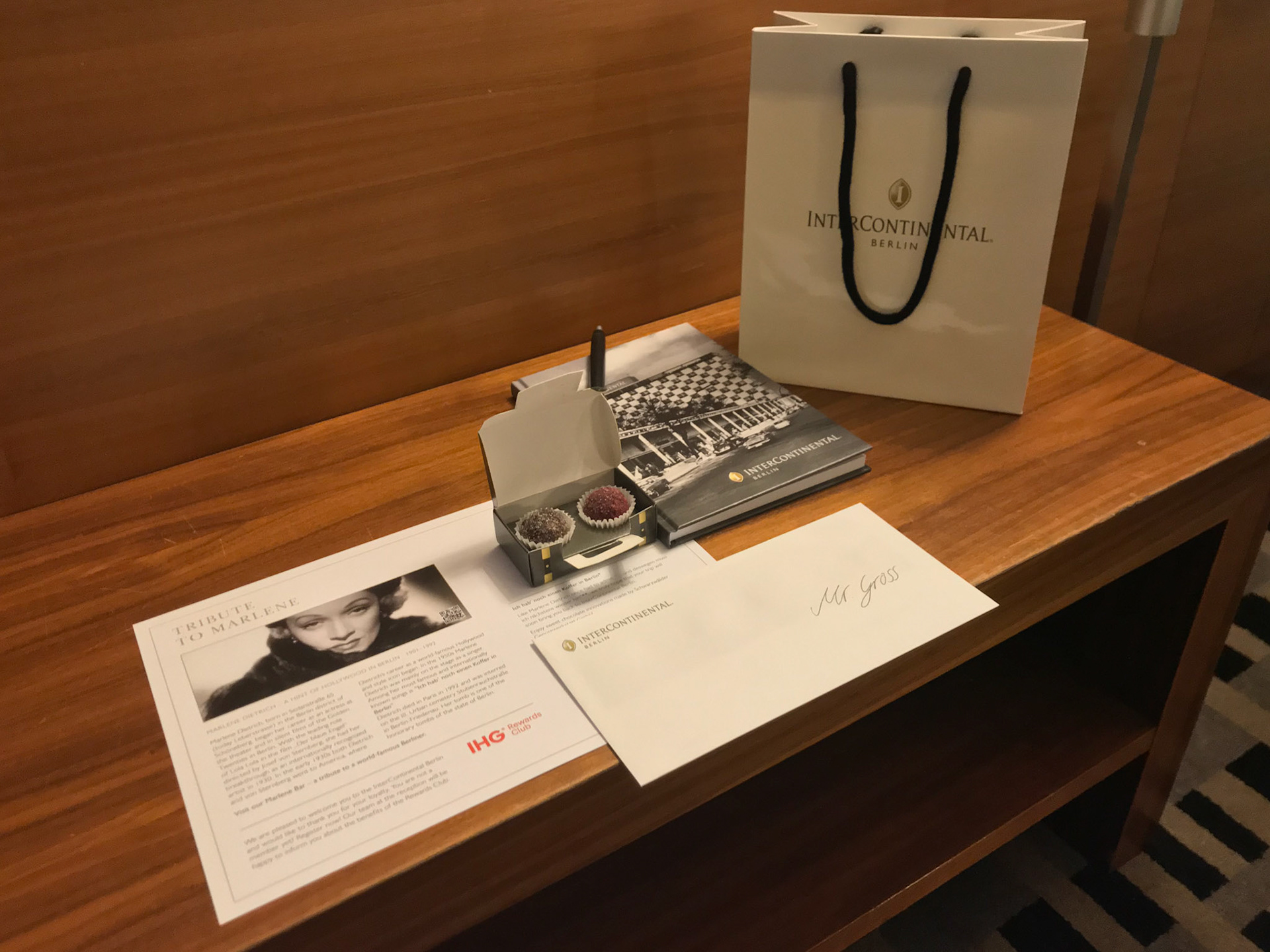
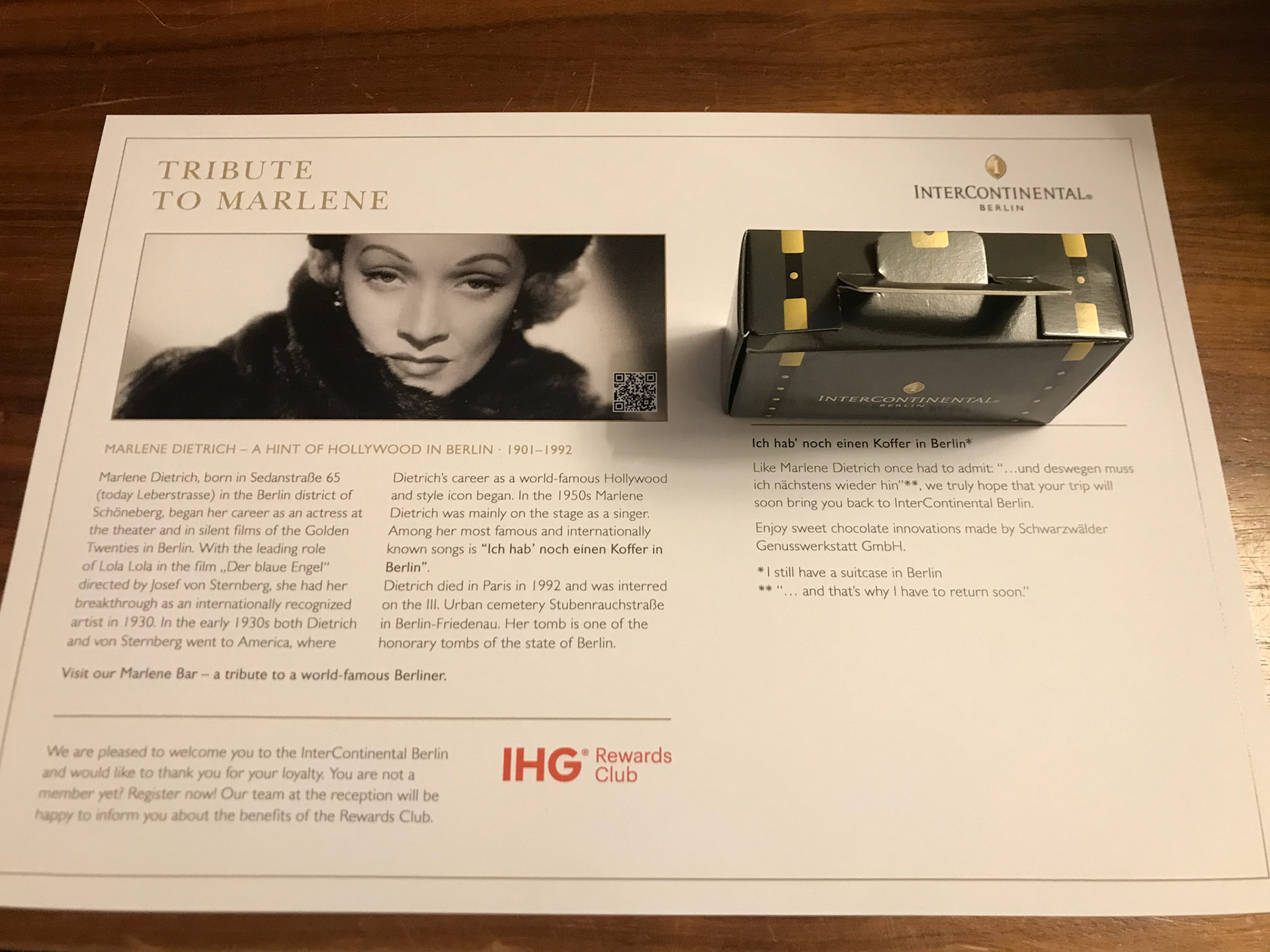
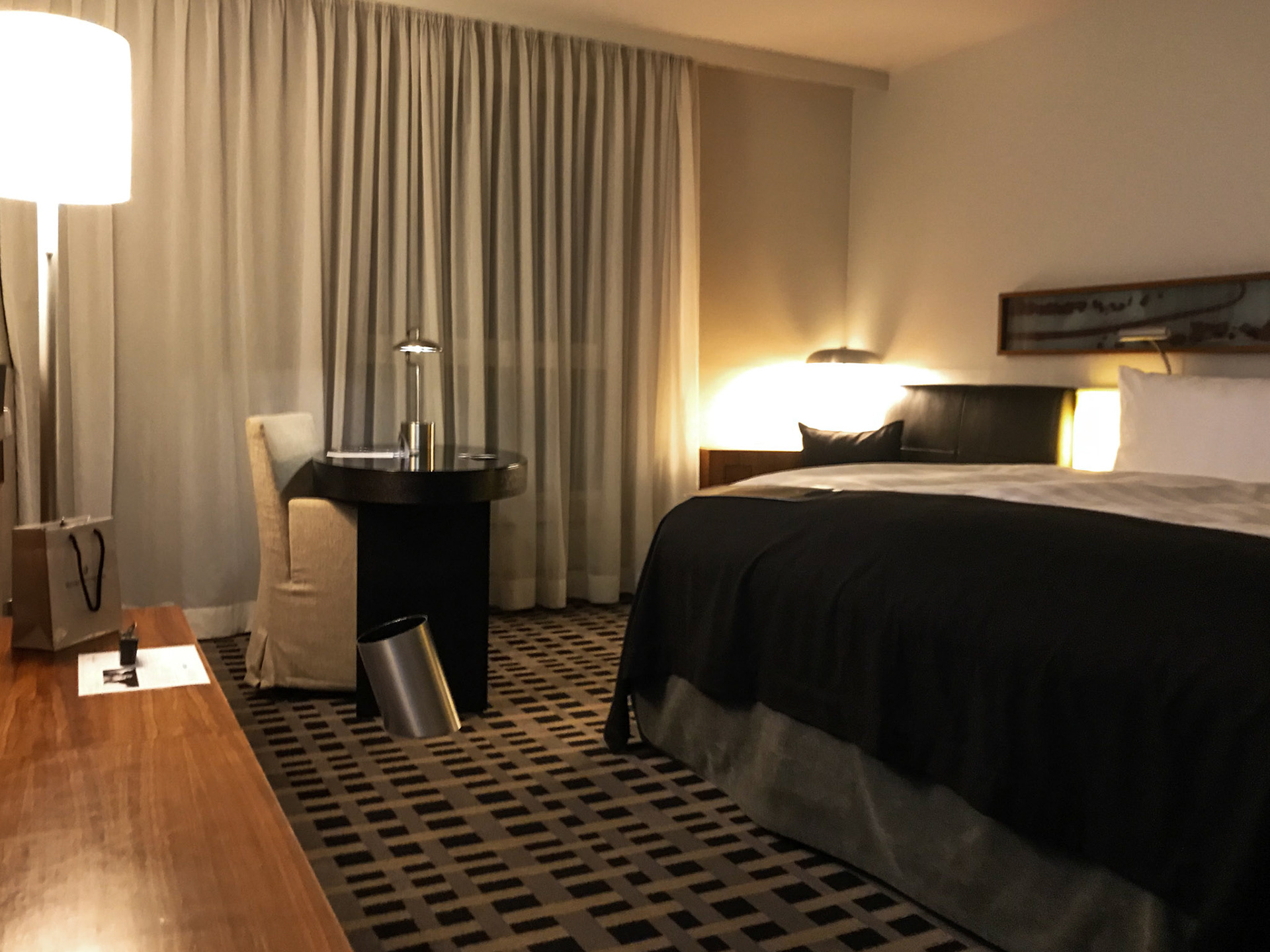
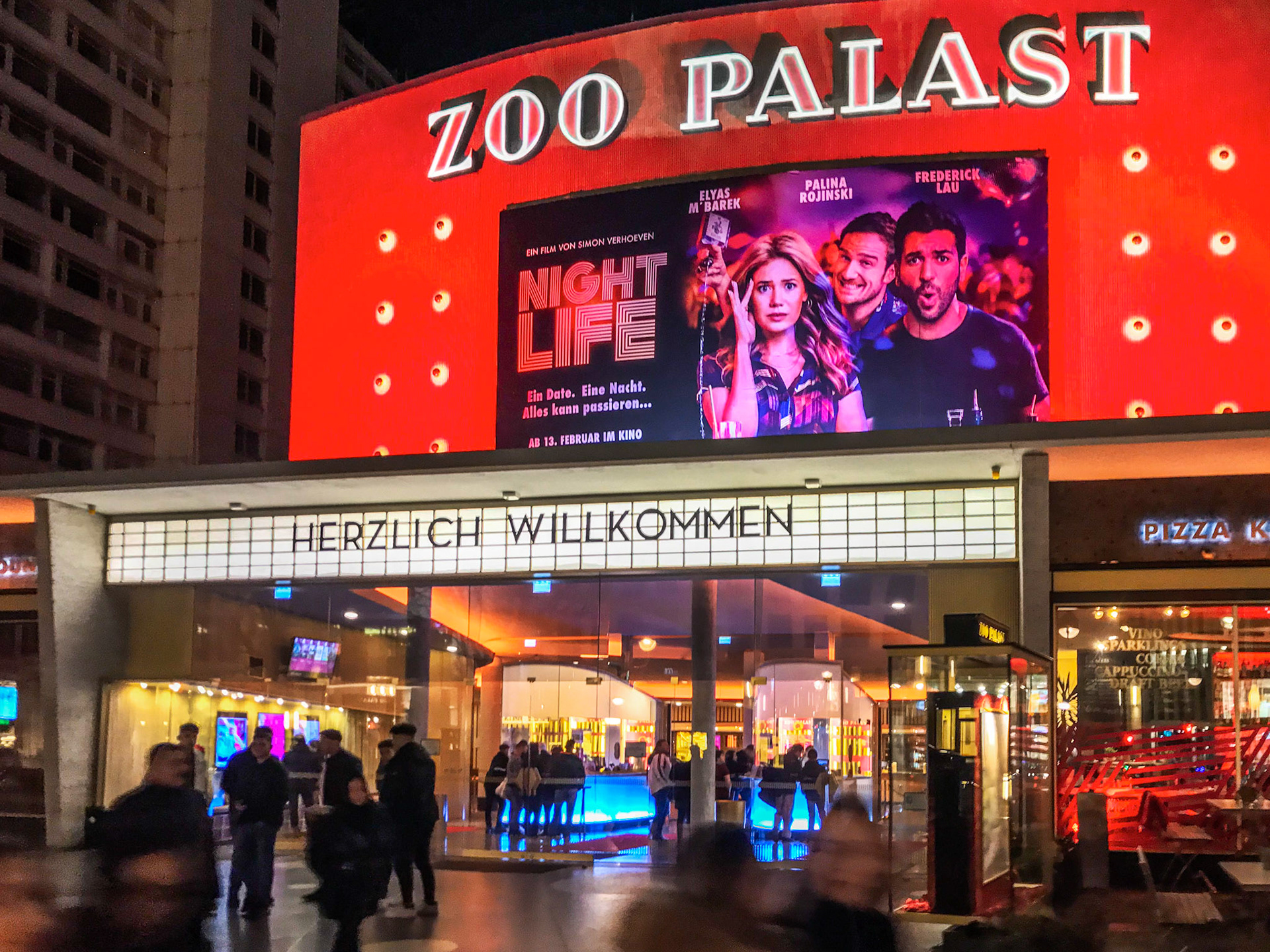
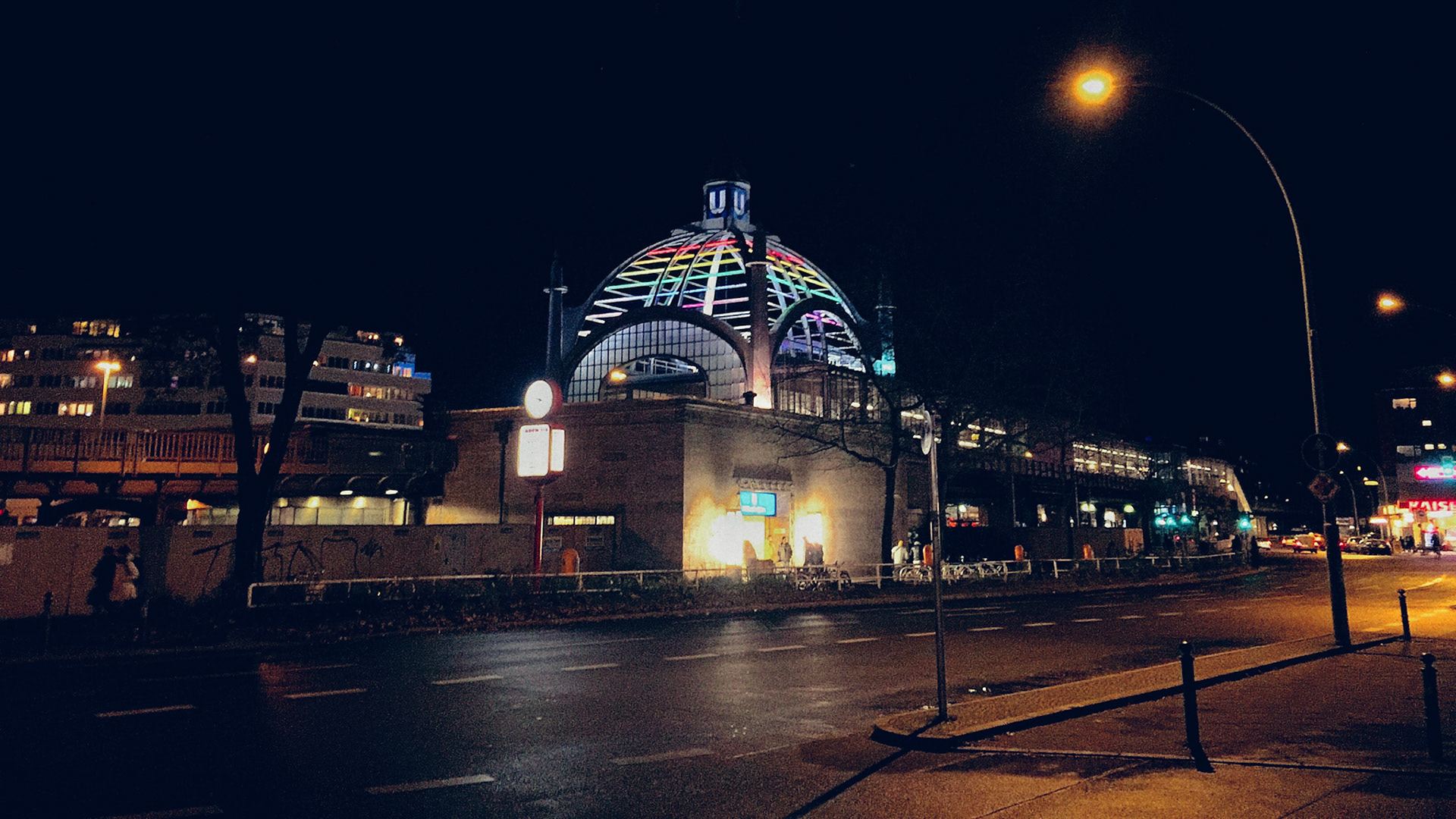
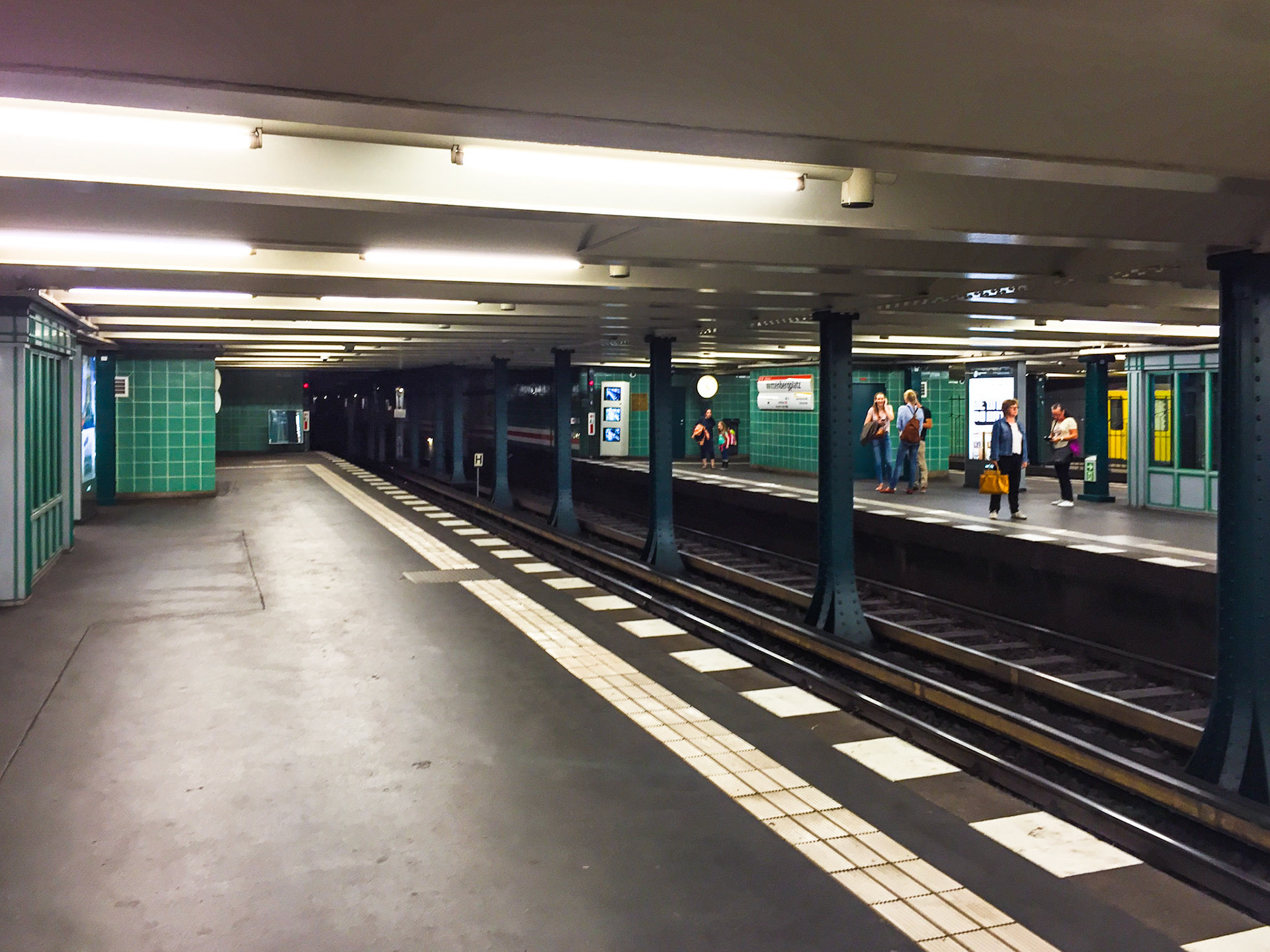
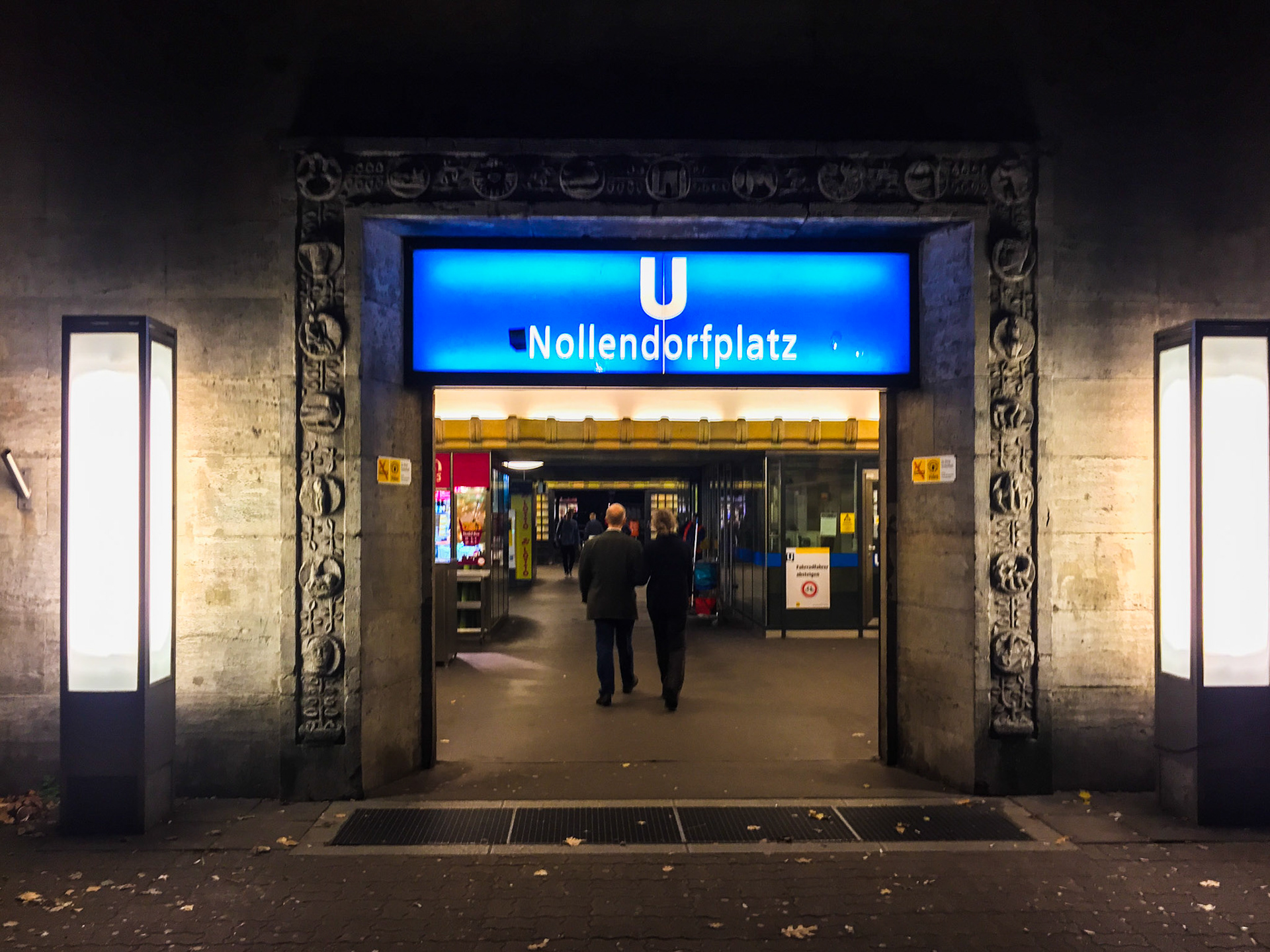
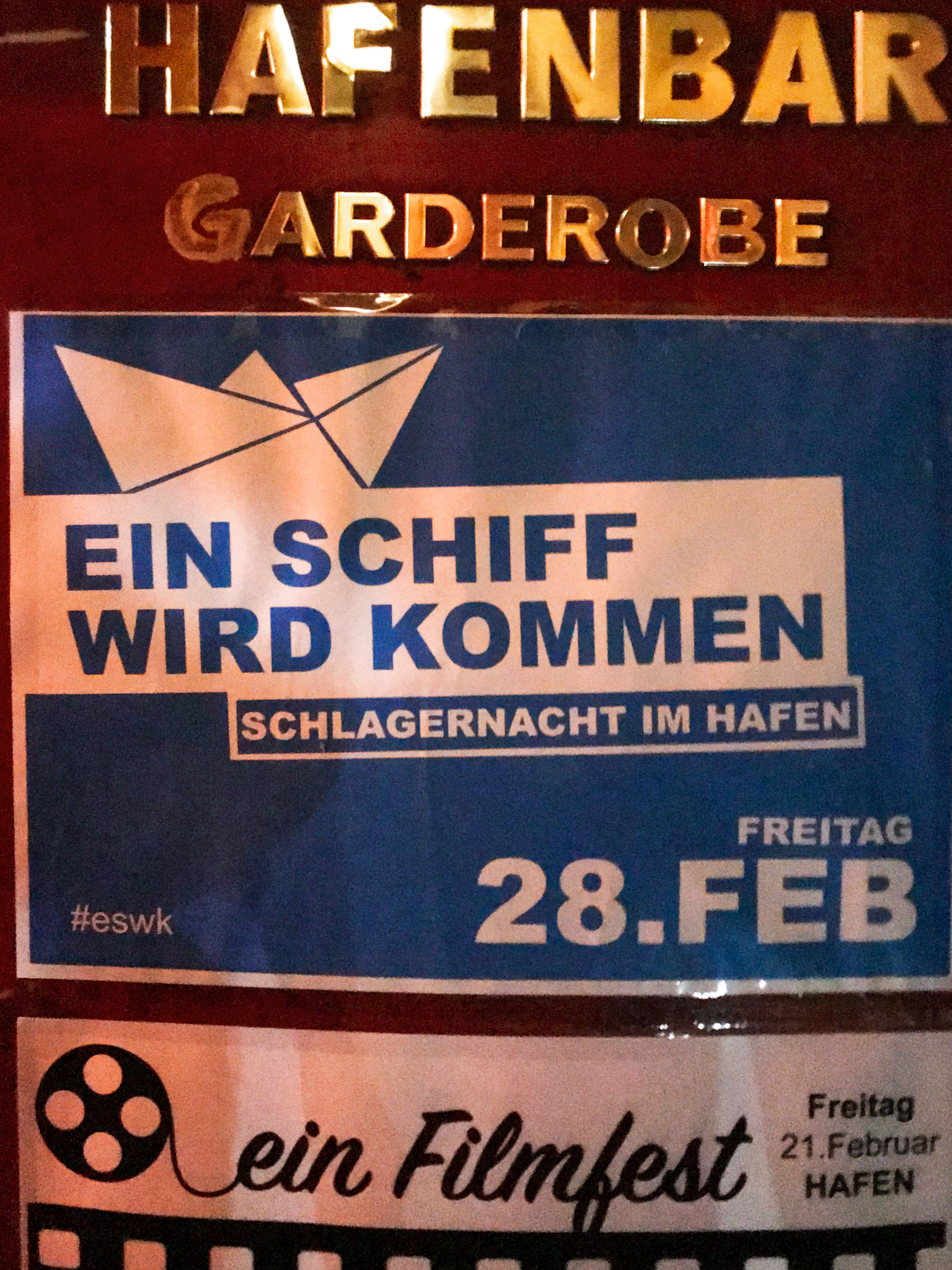
In the morning, we embarked on a bus and walking tour of the classic sights of Berlin. The weather was miserable, and I have done this tour a hundred times before. In fact, I designed the itinerary of the tour. The local guide’s performance contributes to the sleepy atmosphere on the bus, and we are happy that this part of the tour is finally over. Don’t take me wrong, the touristy parts of Berlin, including some World-class museums, are super exciting and interesting and you don’t need to take my word for it, there is plenty of photographic evidence about it on my website just one click away.

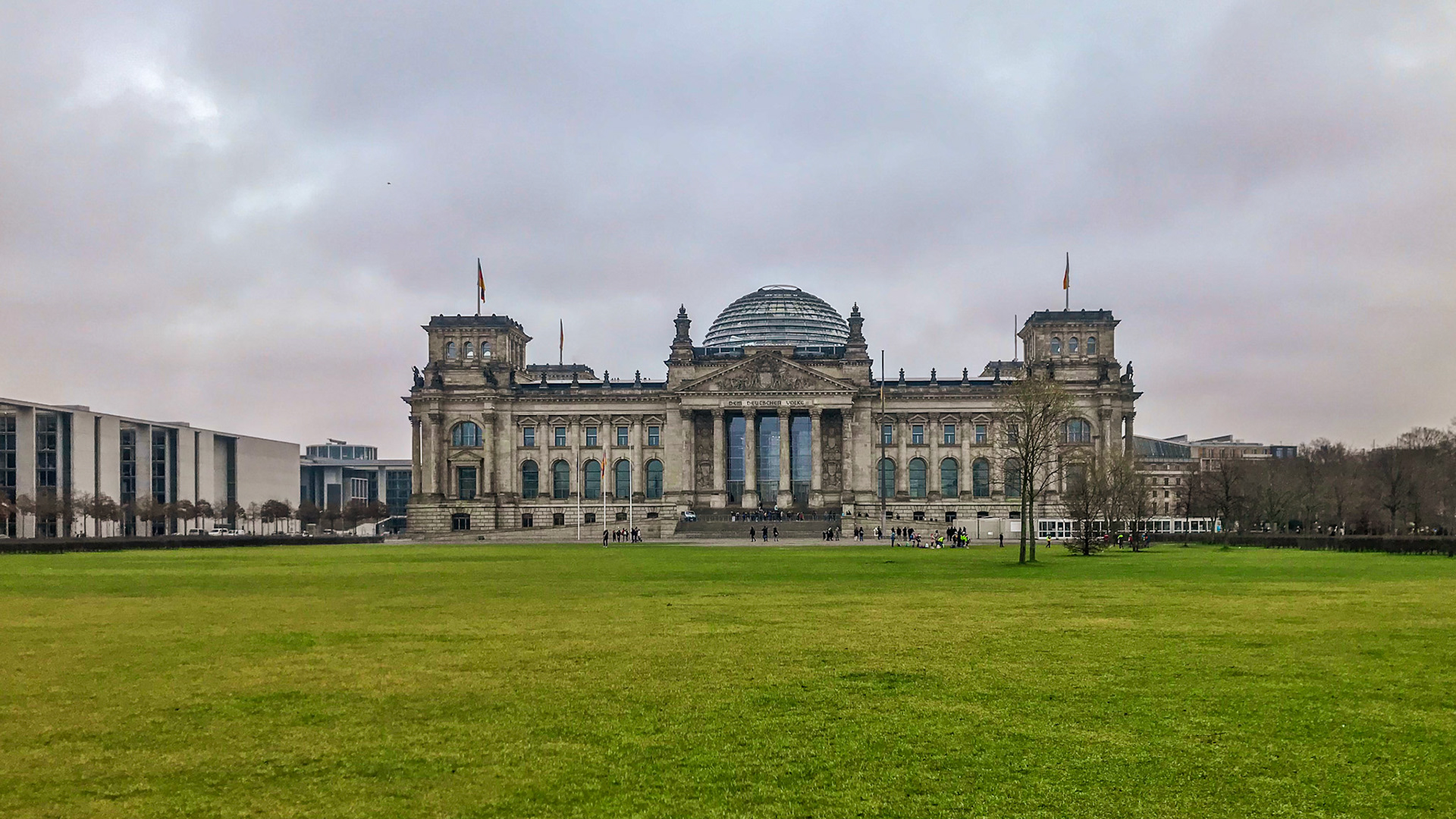
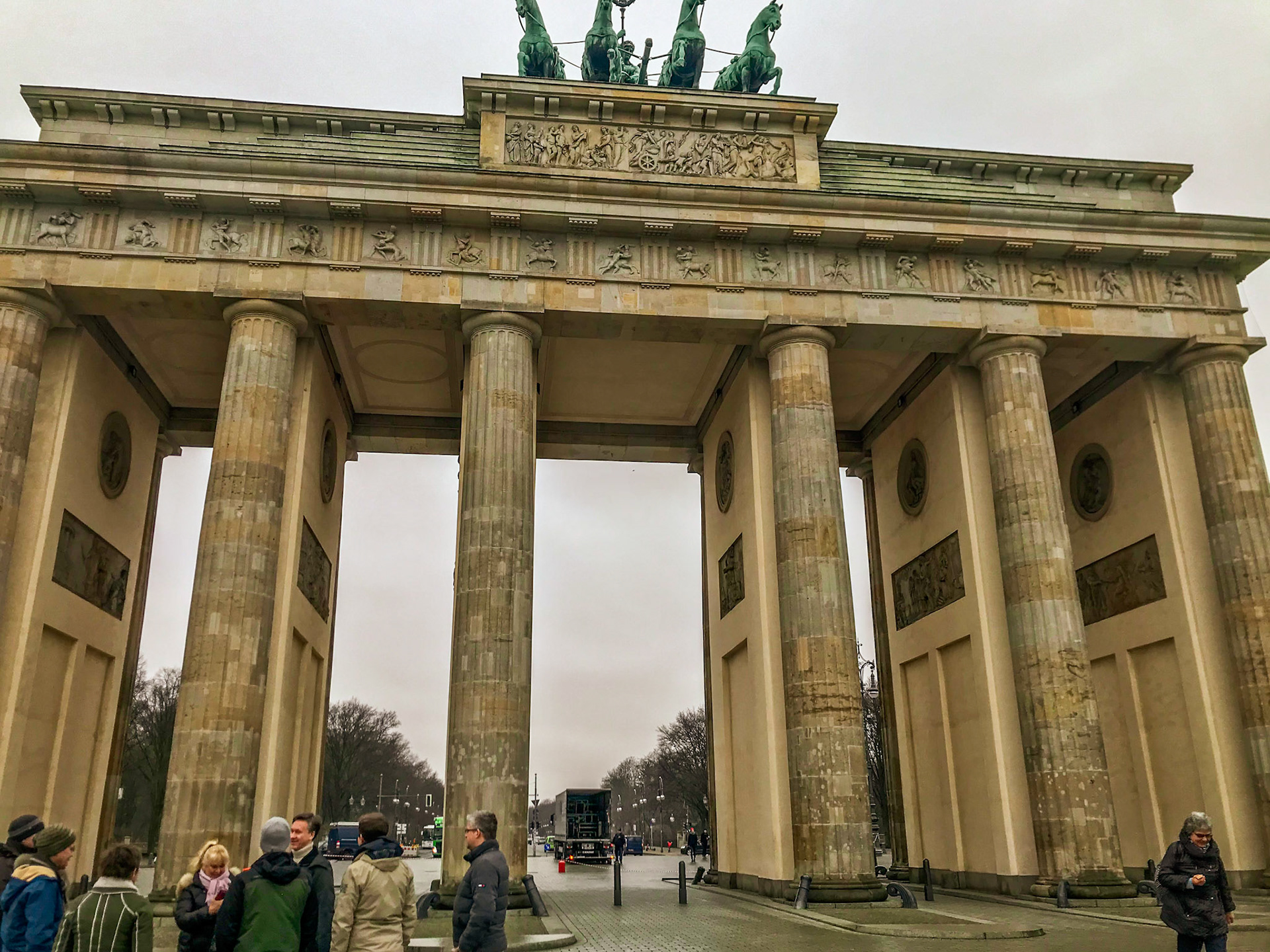
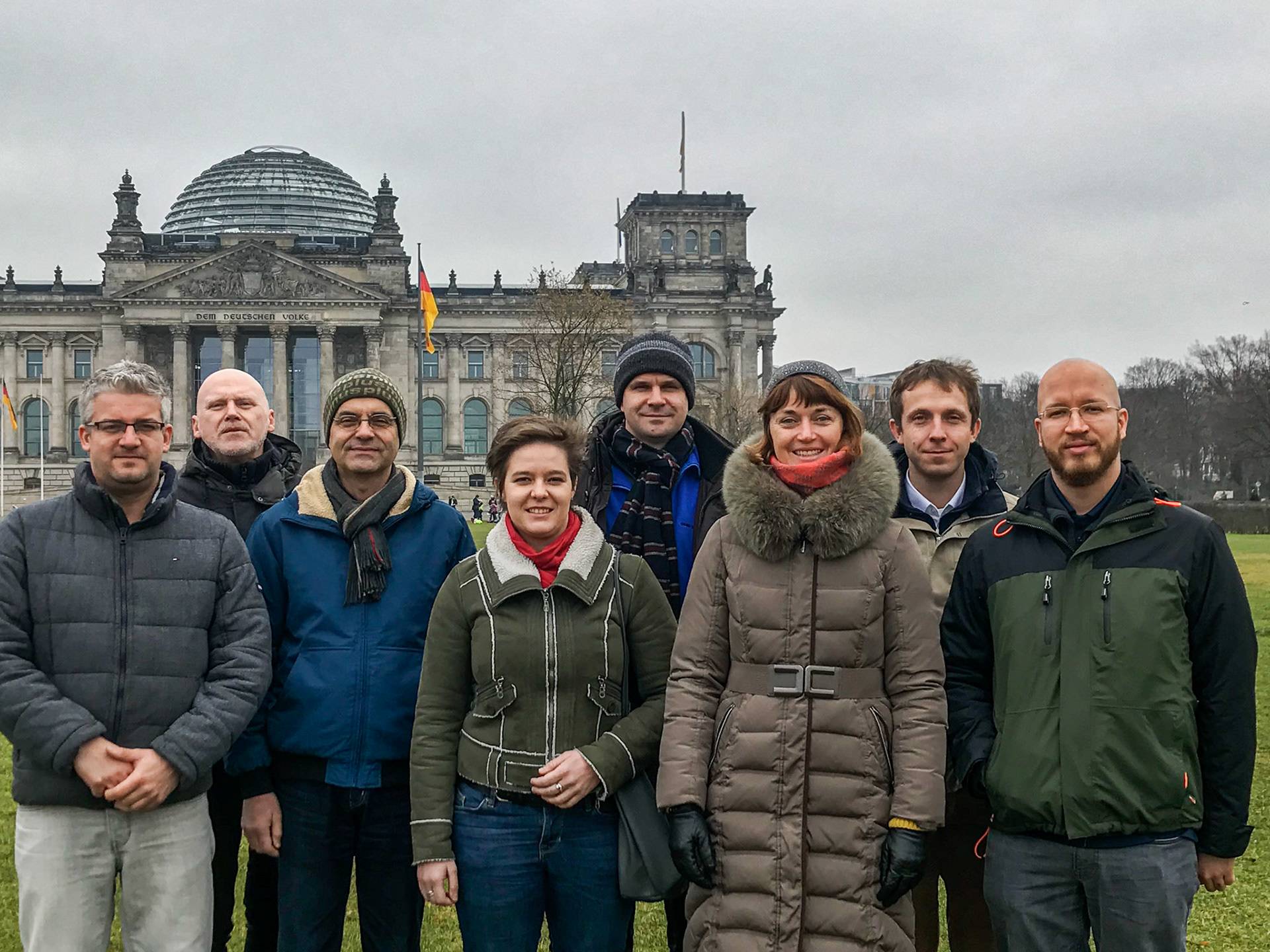
The second, more adventurous, part of the day started at the East Side Gallery where we could see the more colorful side of the Berlin Wall and it’s story and have a first glimpse of the alternative cultures of Berlin. Here we also wave our bus goodbye and continue walking and by public transport in an endeavor to try out all of them, the S-Bahn, the U-Bahn, tram and bus. When in Rome…
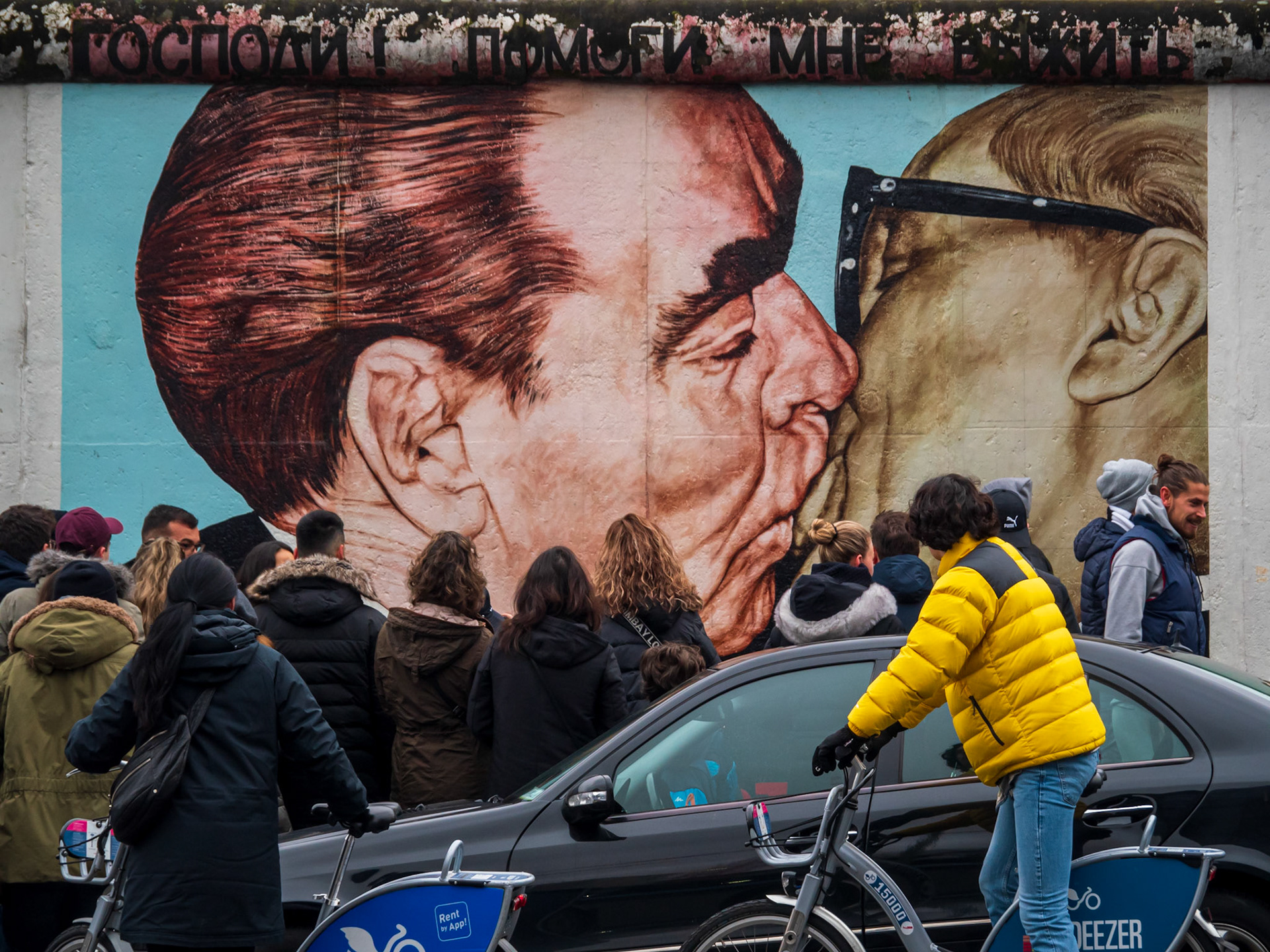


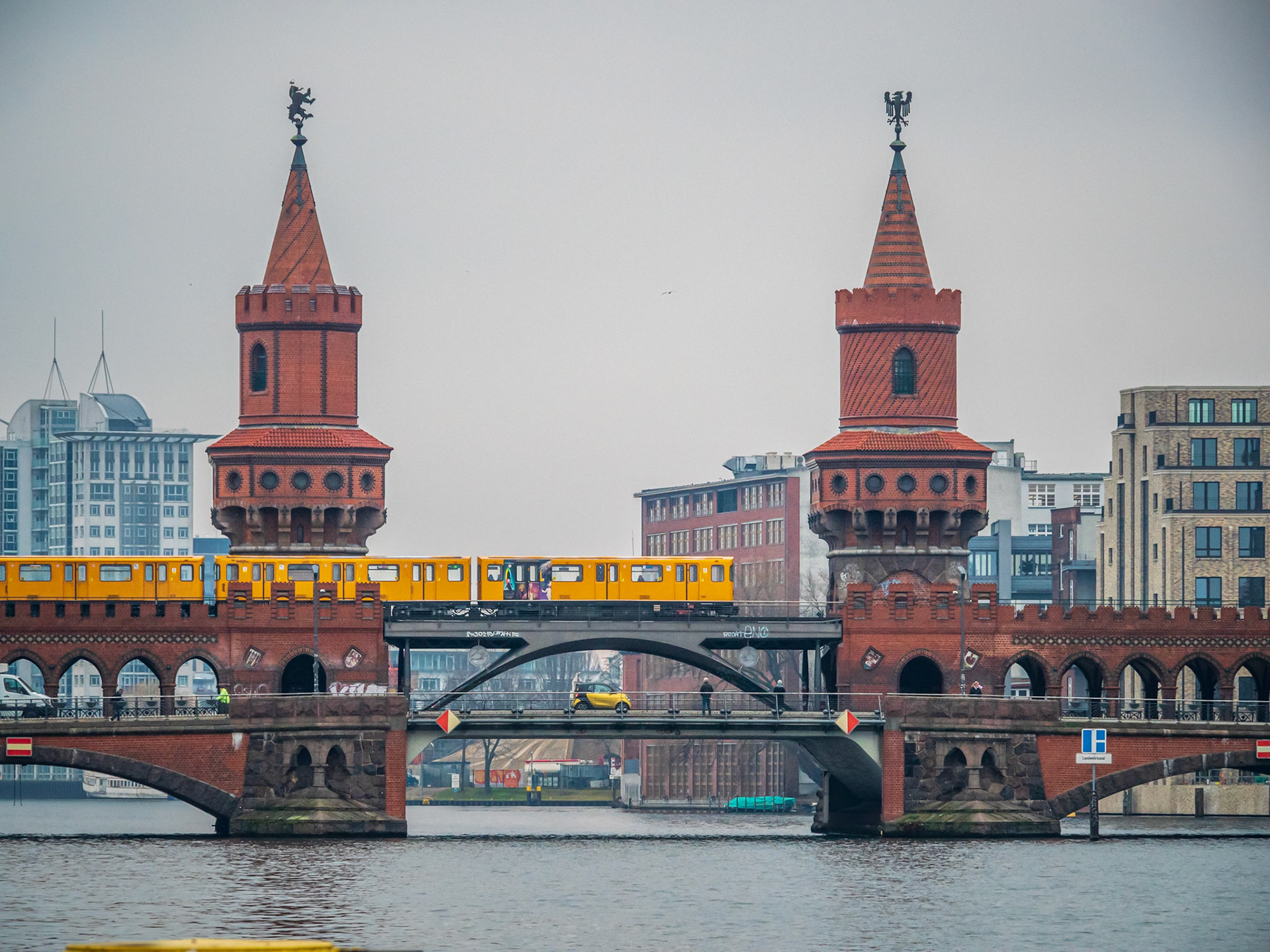

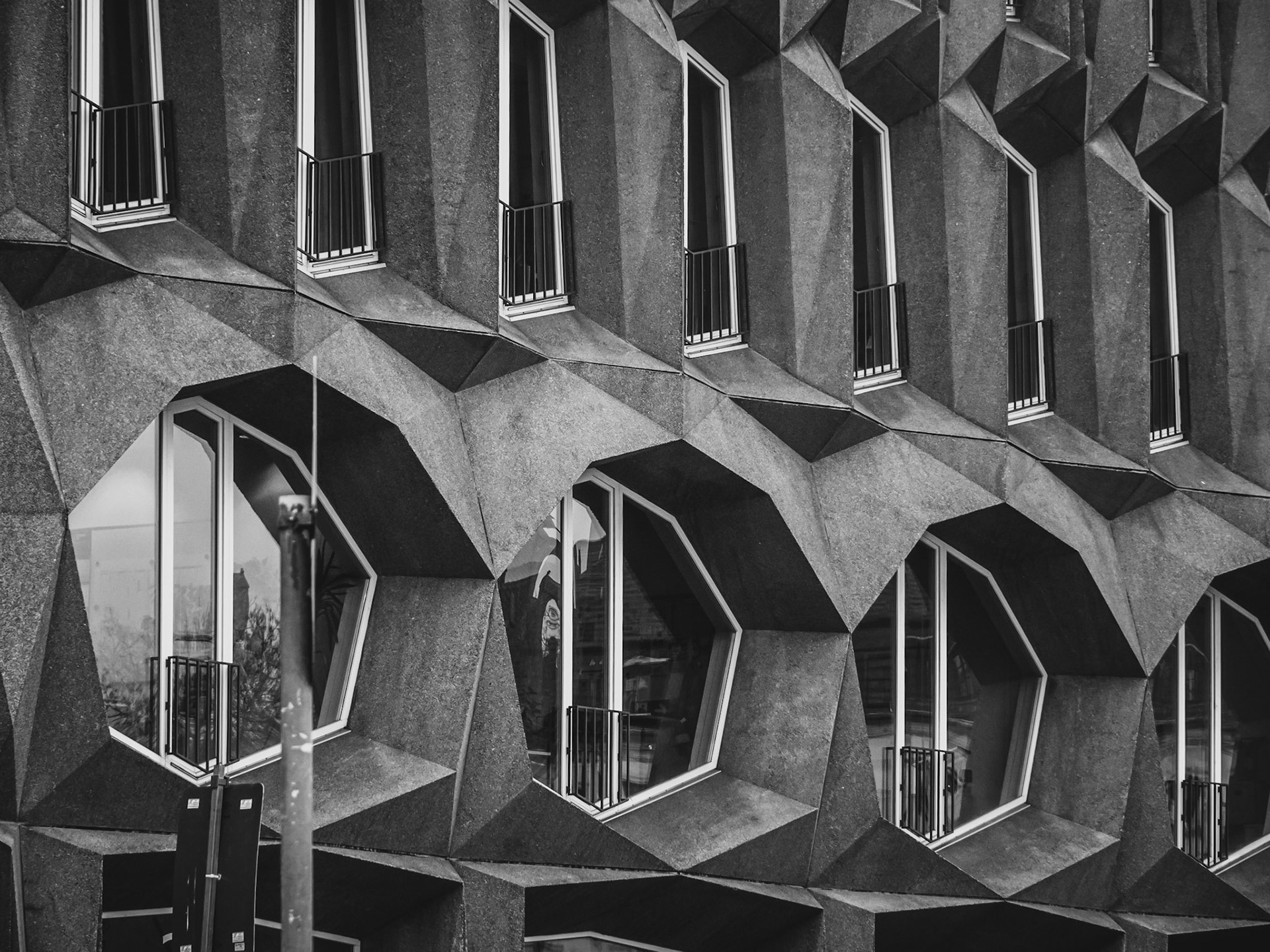

We crossed the city and visited the Berlin Wall Memorial at the Bernauer Straße, there it becomes serious about what the Berlin Wall really was and how many innocent lives it ruined and for what reasons. We leave this sad place via the Nordbahnhof Station. It used to be one of Berlin’s biggest traffic hubs. After WWII, only the underground part and the entrance remained and as if that wasn’t enough, the underground became one of the so-called ghost stations, which were a kind of time capsules guarded by young boys with Kalashnikovs that the trains only passed and behind the window in the darkness you still could get a glimpse of a world long gone. I still remember them in existence… The place is very creepy and brings up memories about how terrible a time it was back then when we were not allowed to travel, every time I return to this place, I realize how precious my freedom is to me. It is emotional. It is personal. God bless that it is long over and now we are free to travel anywhere we want anytime we desire and even thinking that anybody could try to take this freedom from us is beyond imaginable, I said to myself. Well… Little did I know…
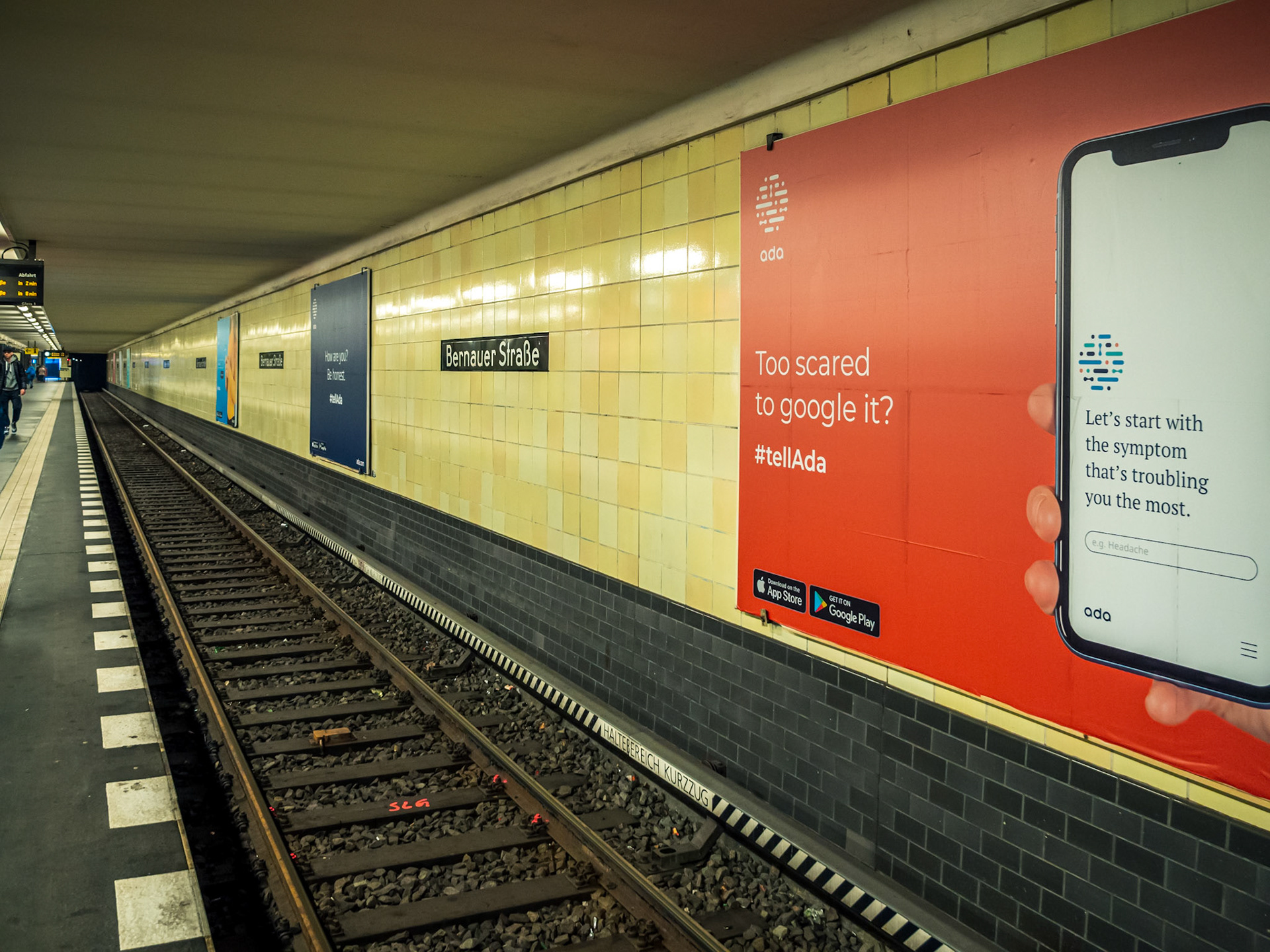
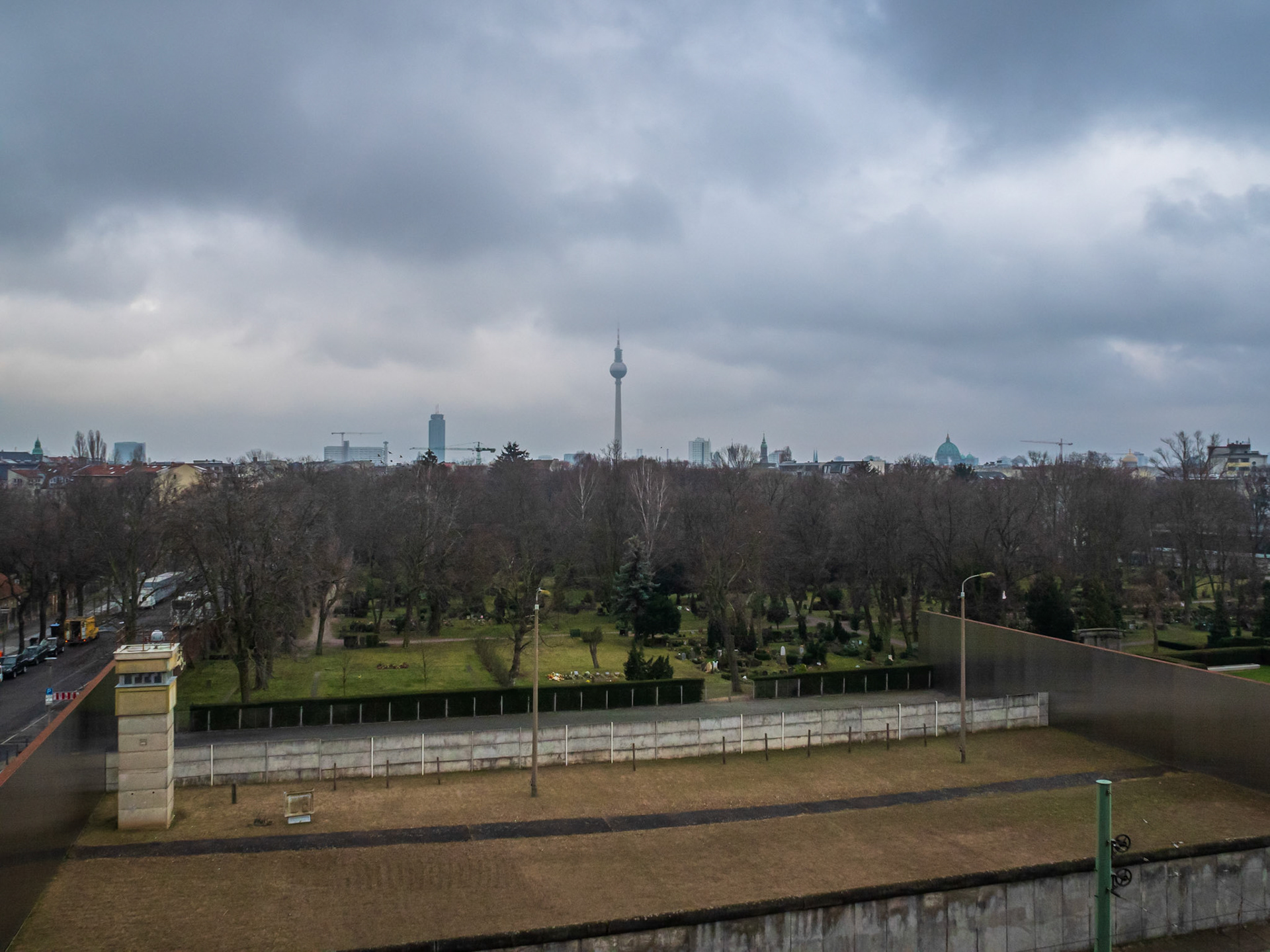
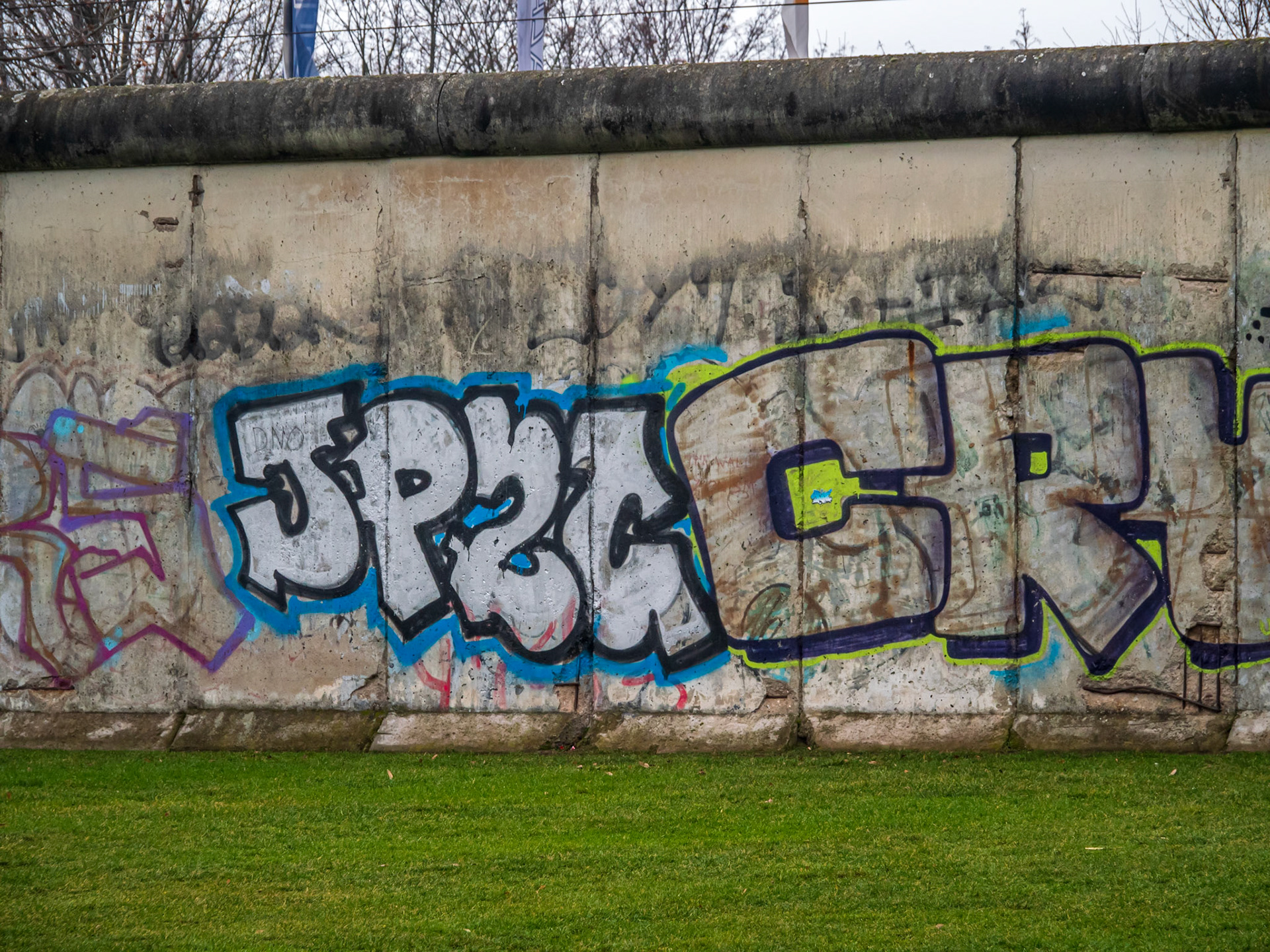

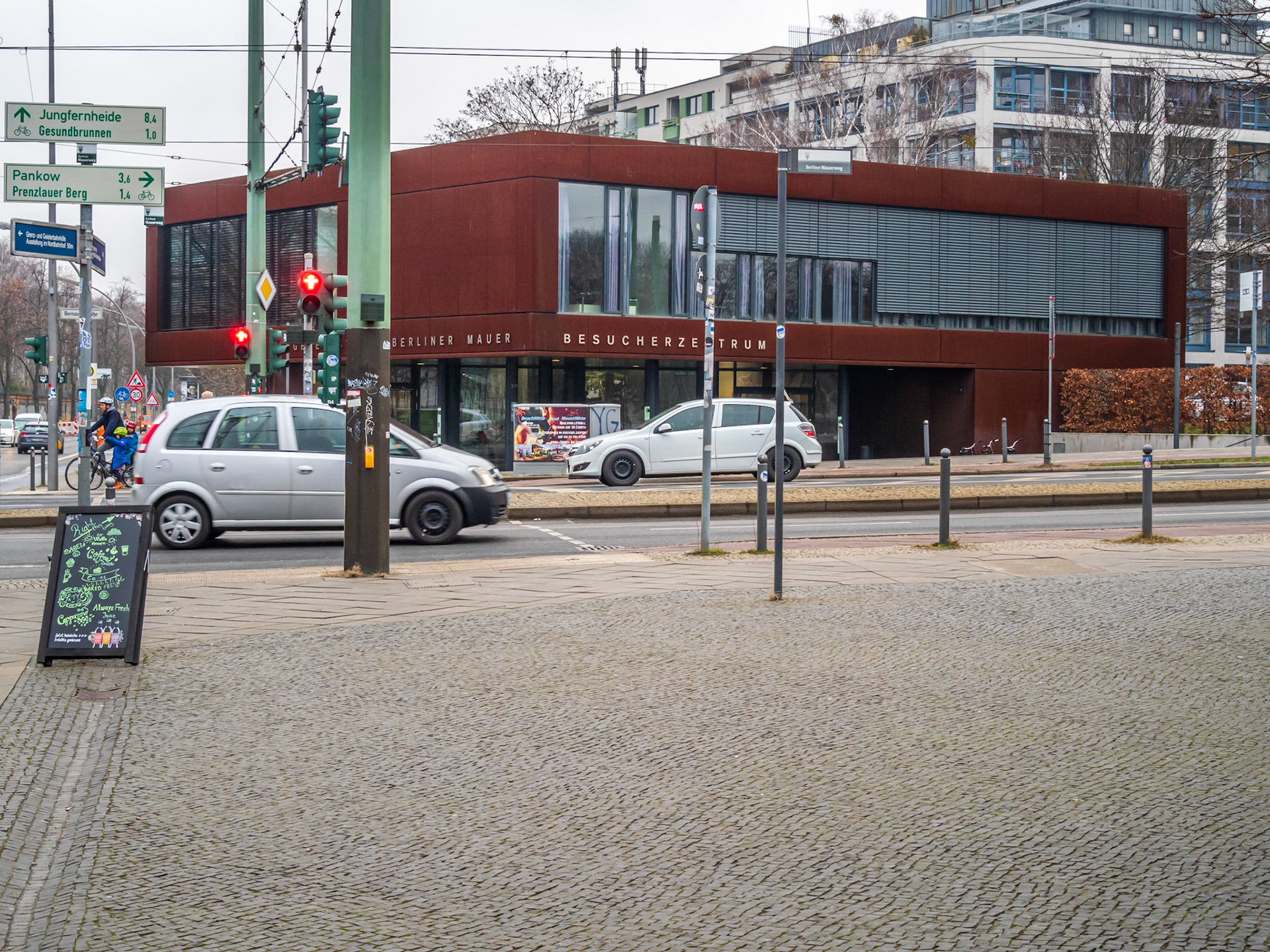
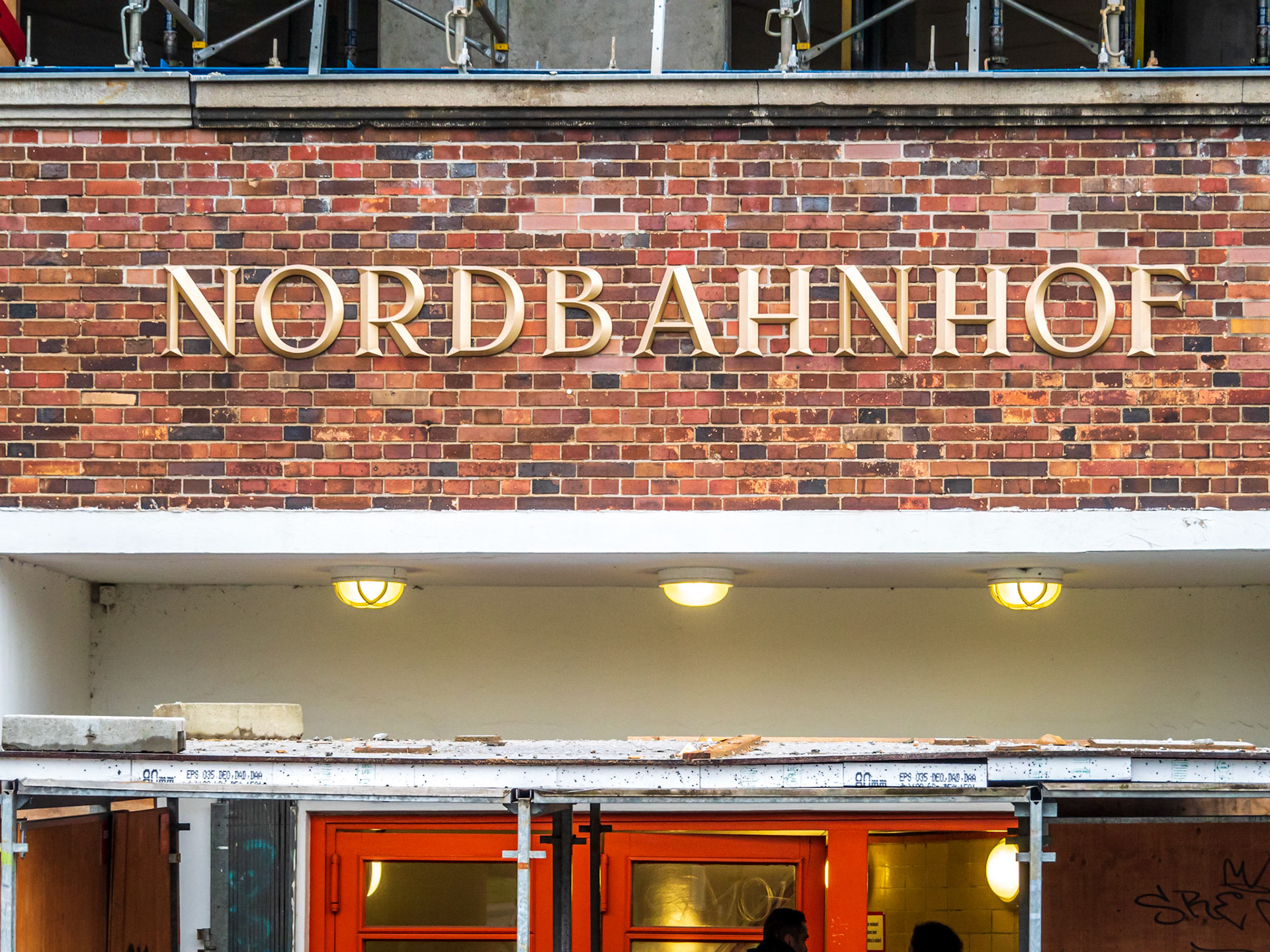

Frequently visiting and explaining to our travelers many of Germany’s diverse memorials and museums, we can say that the Germans certainly know how to take a lesson from their history and face it with humility and dignity. And since one of the main reasons why our travelers choose to travel with us is our commitment to dig deeper, show them the World from all angles and to talk about difficult and controversial topics in an unbiased and diplomatic manner, we decided to take a look at how Germany is handling present challenges and took the subway to the multinational and multicultural district of Kreuzberg. It was an interesting and for some of us in many ways an eye-opening insight that we rounded up enjoying awesome baklava and sinfully strong and sweet Turkish tea in one of the numerous, rather shabby looking, yet delicious and very affordable eateries with the widest variety of flavors one can imagine. This place has a great nightlife too, it’s kinda walking on the wild side though, definitely nothing for the faint of heart and easily offended. The same applies to the whole legendary club scene of Berlin. I believe that this topic deserves a deeper examination in a separate chapter. Or book. And a movie.


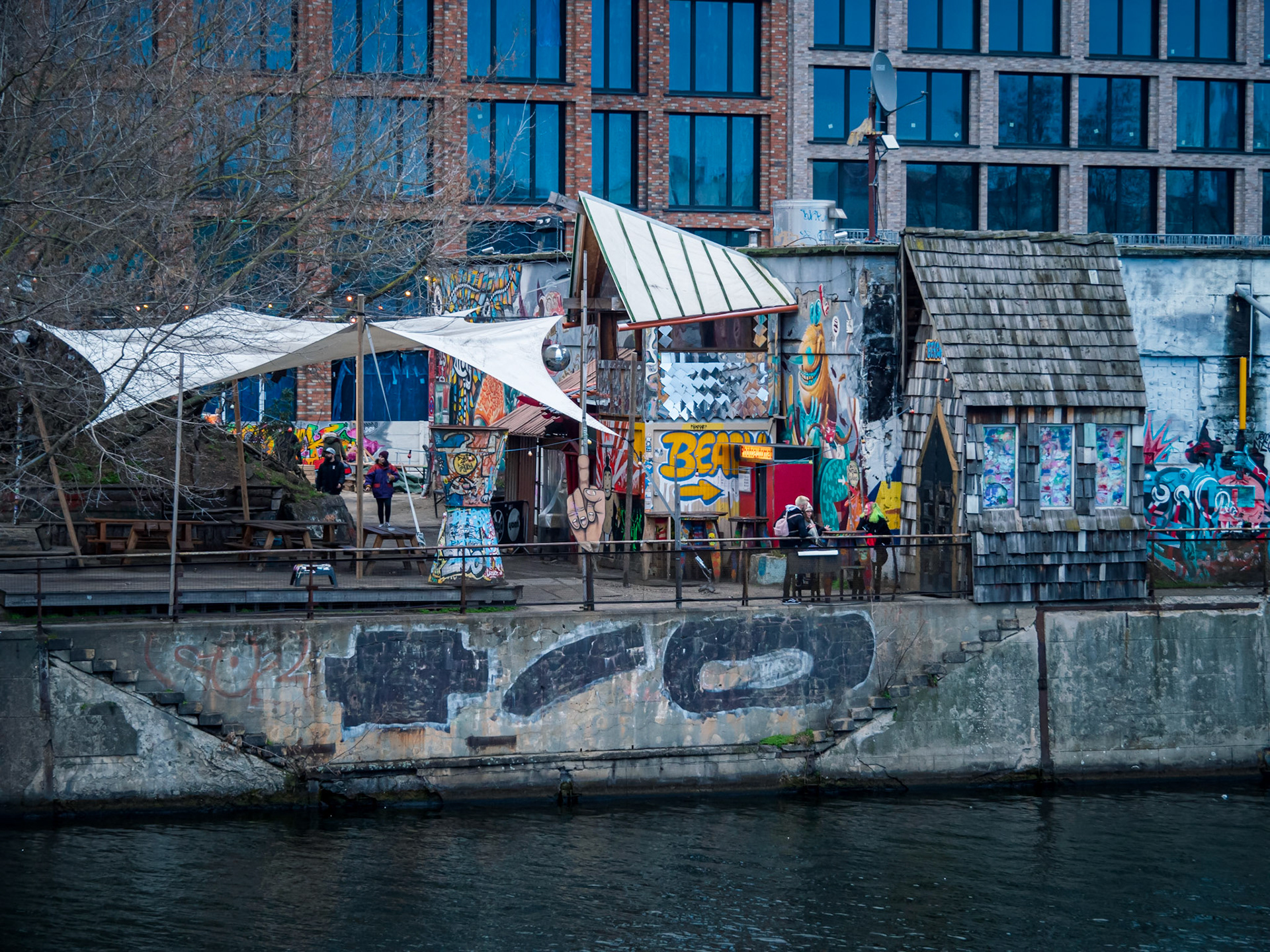
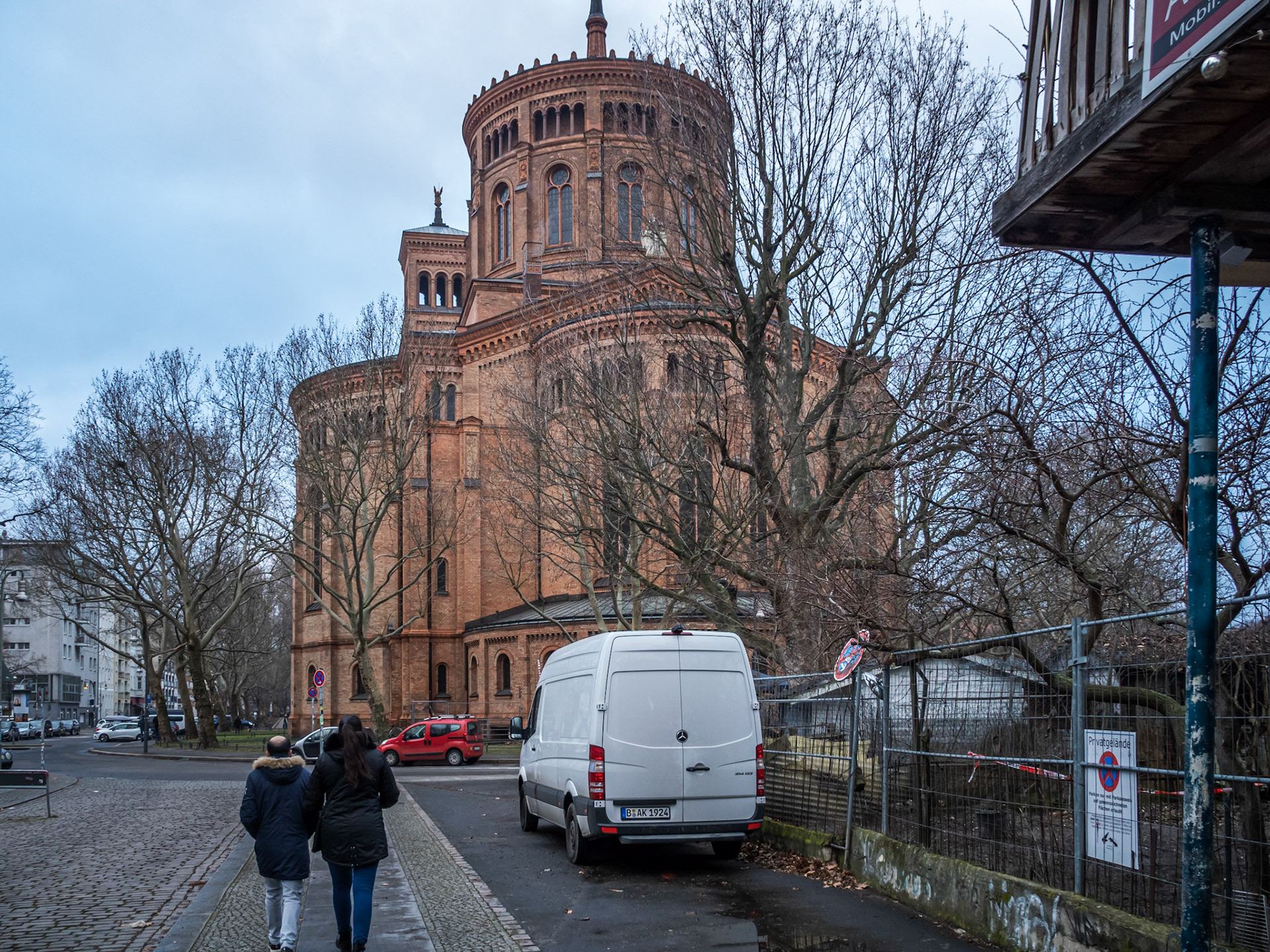

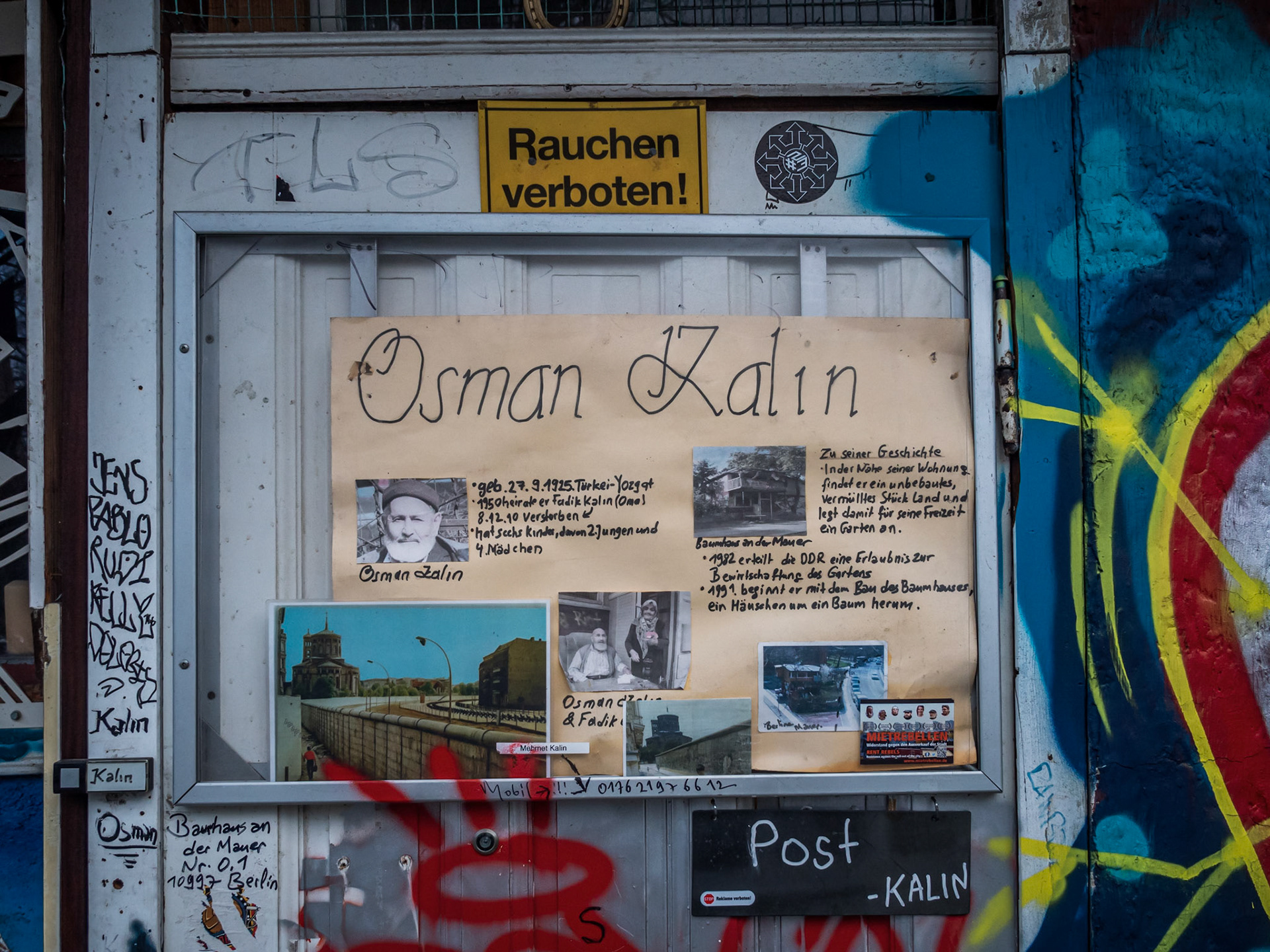

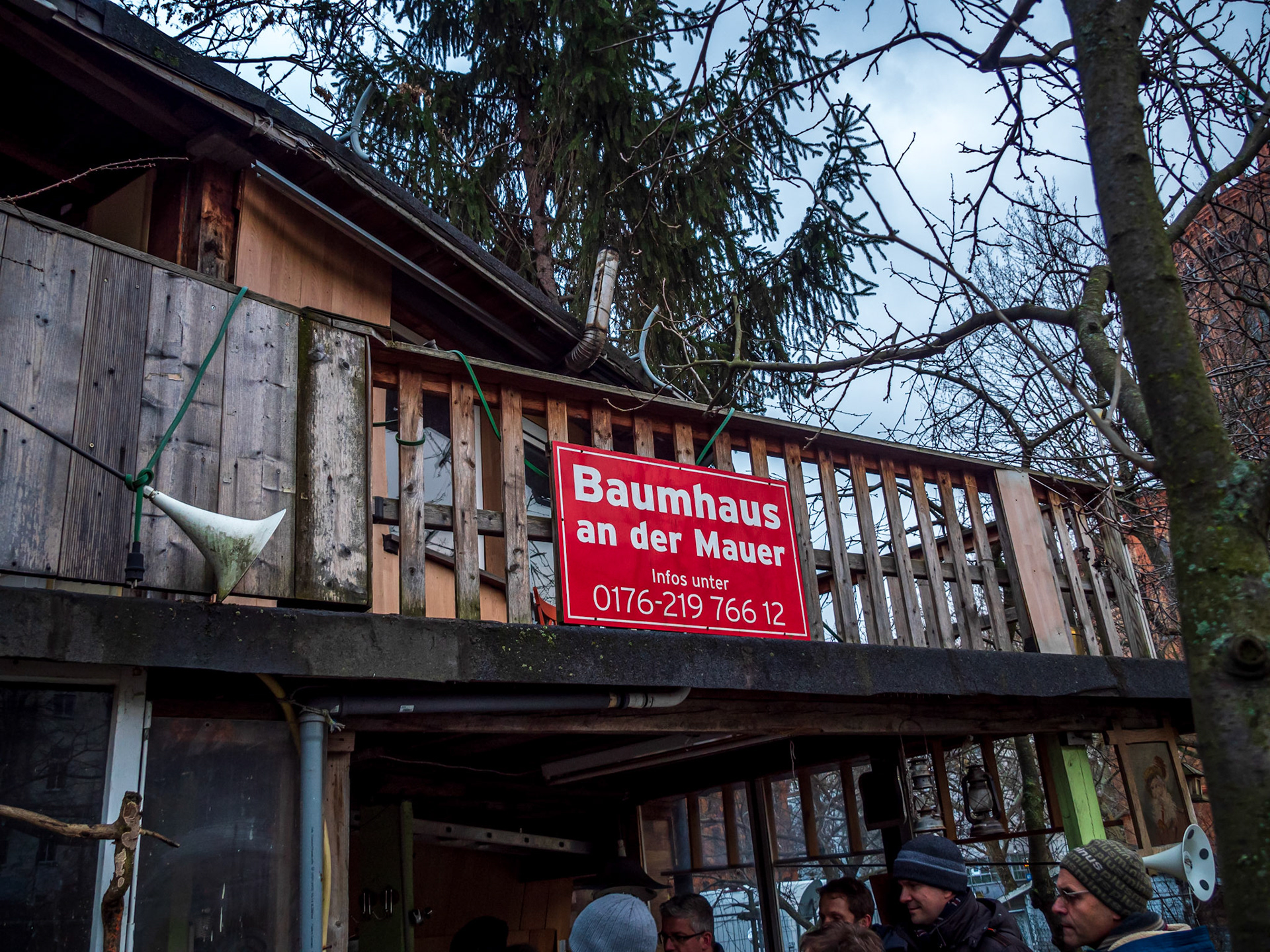
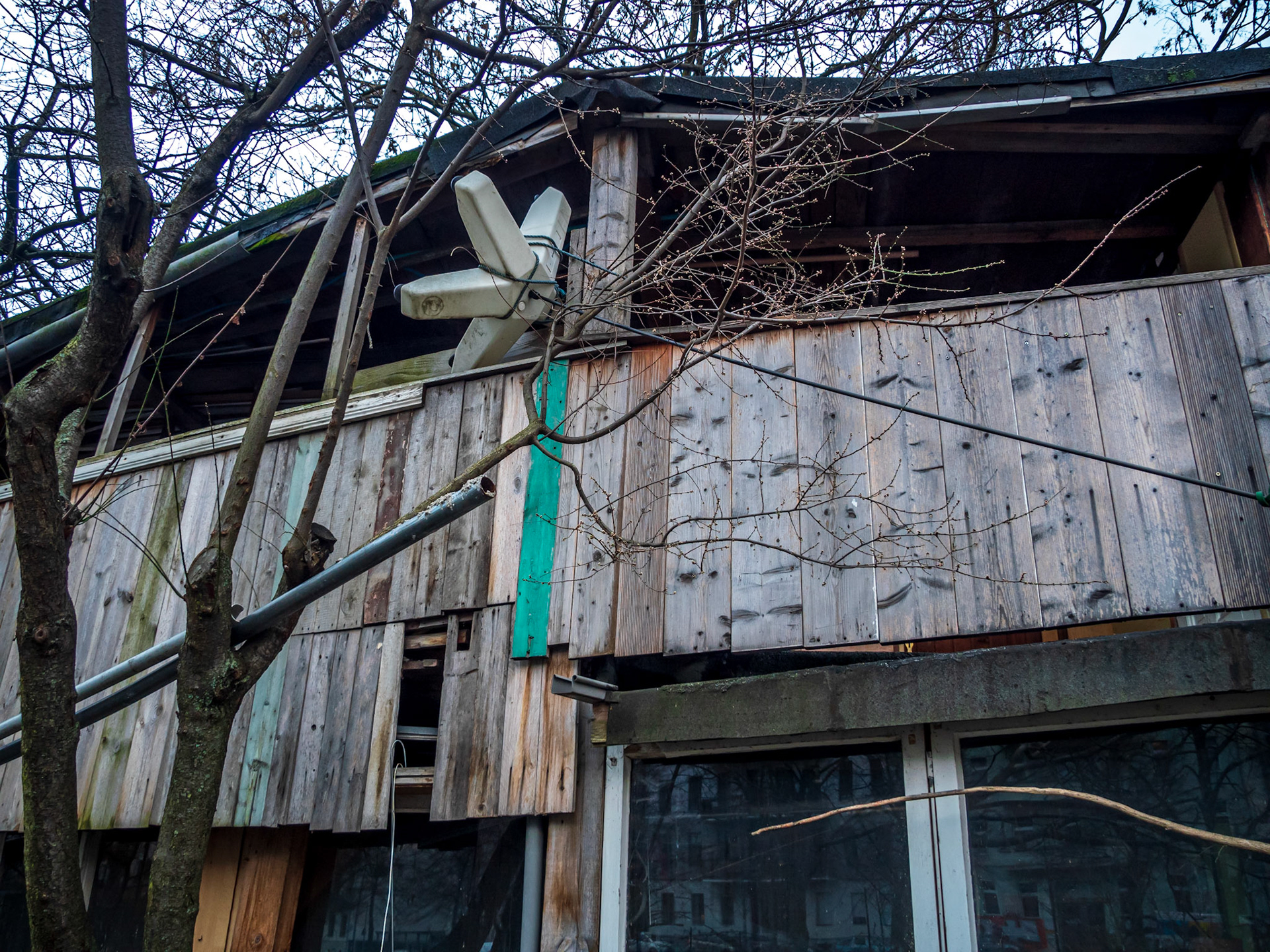



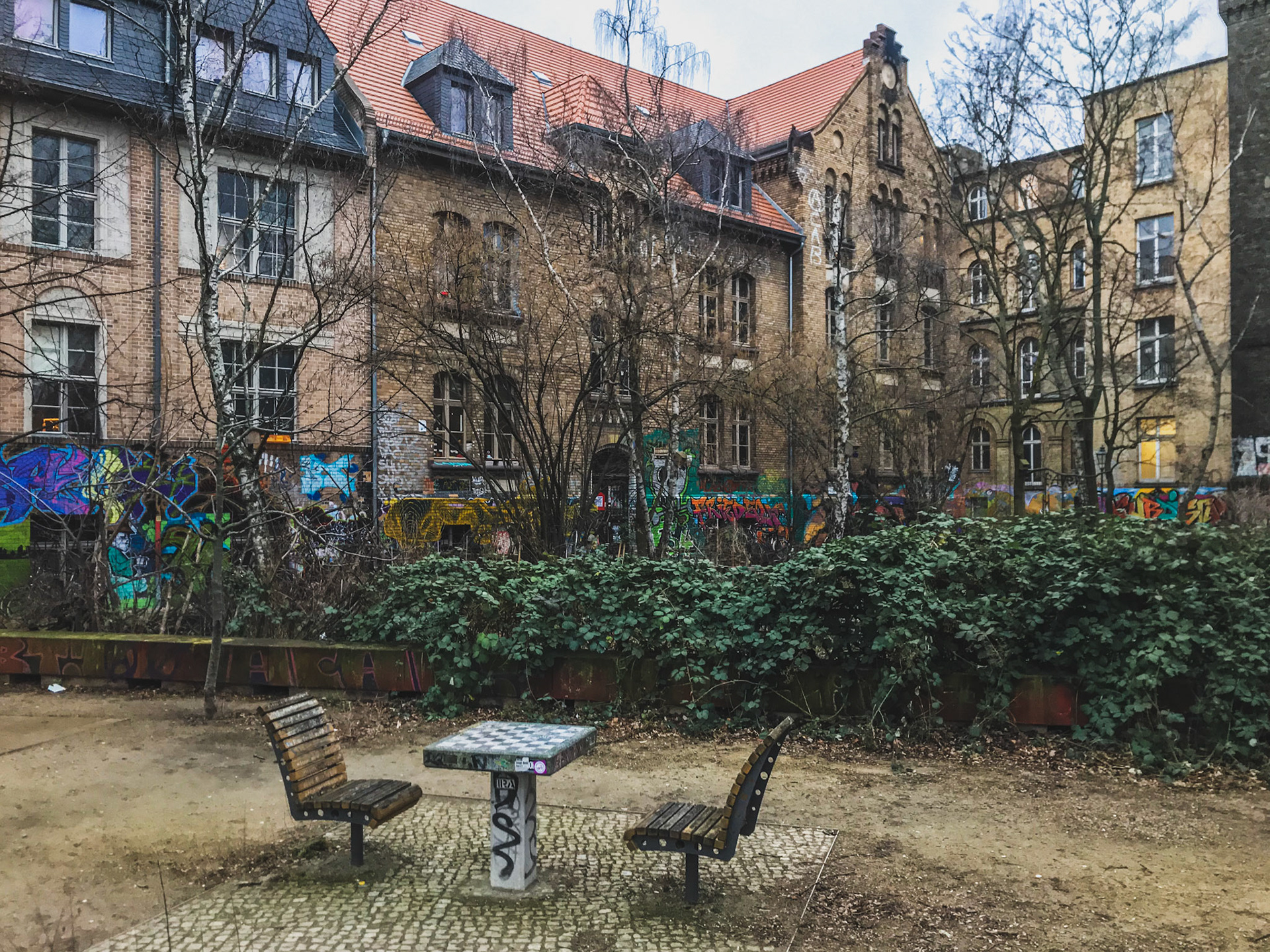
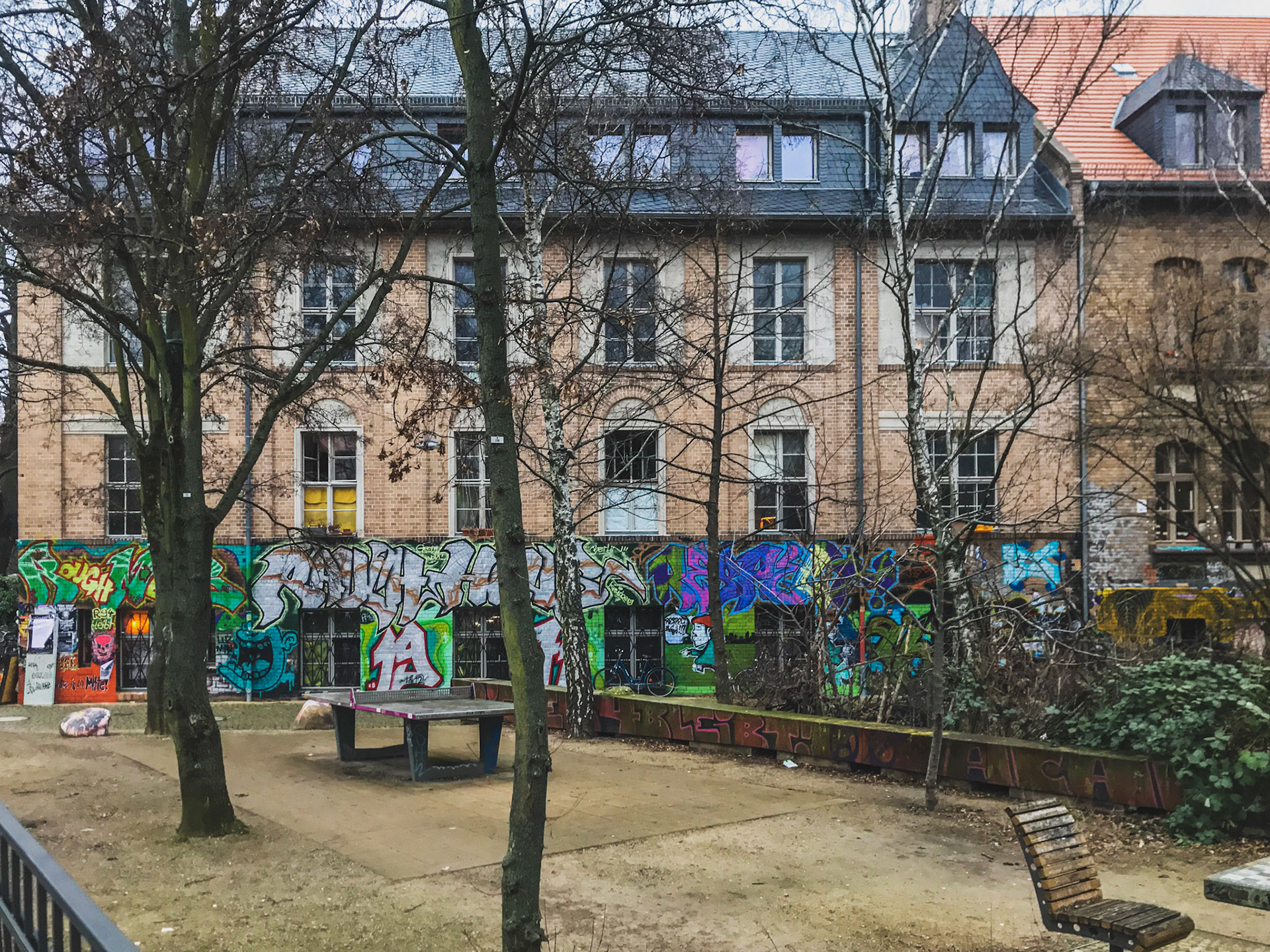


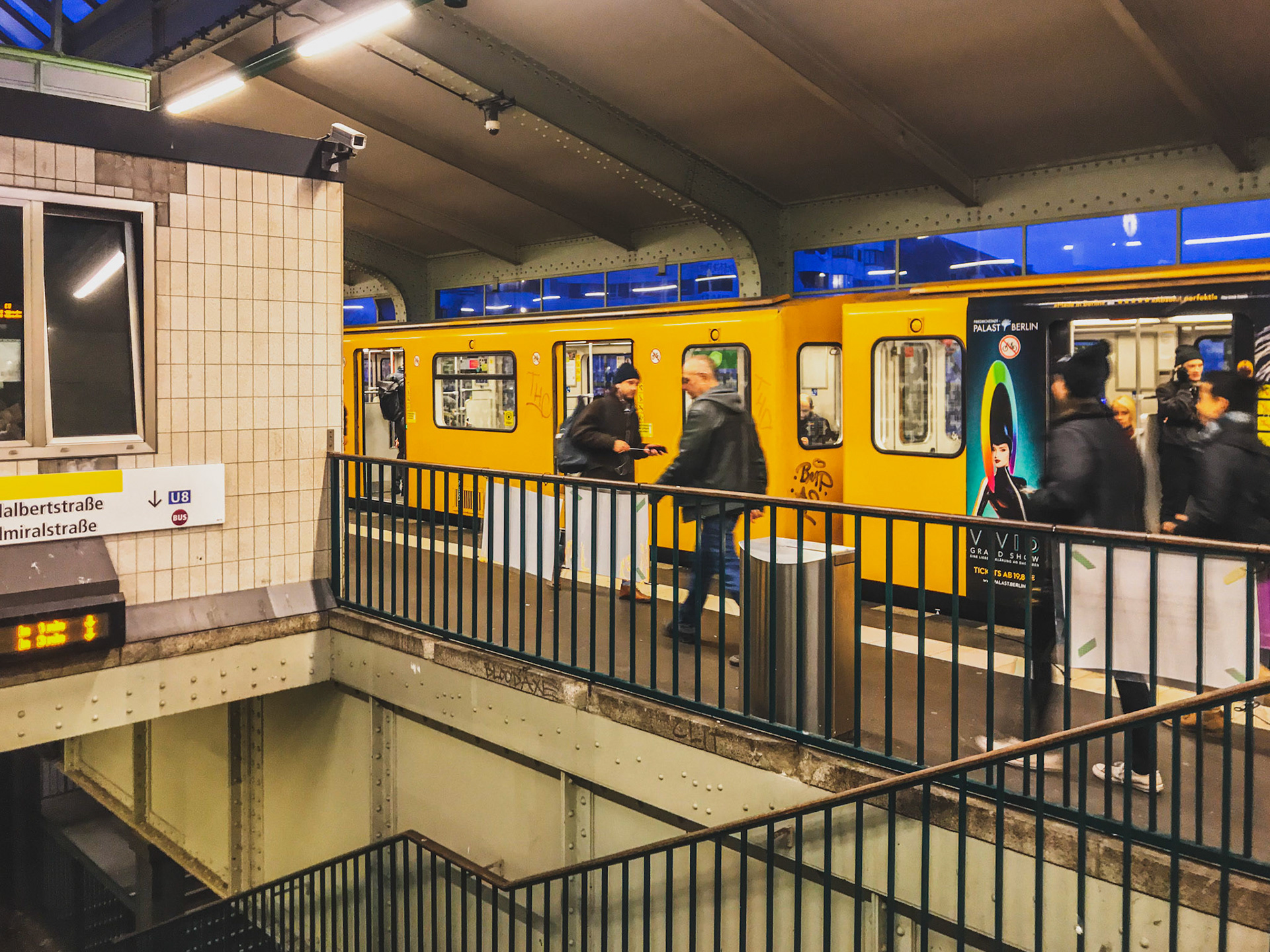
Nevertheless, I promised to my colleagues to make another stop on the way back to the hotel. Schöneberg. The LGBT capital of Europe. Everyone expects piquant stories about nightclubs and all the wild parties and how to use all the NSFW items that are proudly exhibited in nearly every shop window and actually all around the place. Maybe they think I’ll talk about the quite obvious drug problem. They look unimpressed so far. We get off at the Nollendorfplatz and I take them to the slightly hidden small triangle made of pink stone that says “murdered, ignored” and is dedicated to the homosexuals persecuted and murdered during the Nazi time, and start talking about Friedrich Wilhelm II, aka Old Fritz, the king of Prussia who was famous for preferring male company, especially the one of young soldiers, about the roaring twenties, about the Cabaret musical that was written behind that window right over there, about the LGBT emancipation before WWII, about the Nazis and the persecution of LGBT people during the war in concentration camps, even by their fellow prisoners, I am telling them that the gays were the only ones who weren’t released after the war and went from concentration camps directly to jail. Just because of who they were after all that they had to endure. Being gay remained a crime in the new and so progressive Germany. For more information I offered to visit the nearby Gay museum another time, and recommended books. There are still many dots to connect and I only barely scratched the surface. Well, my colleagues didn’t look so unimpressed anymore.

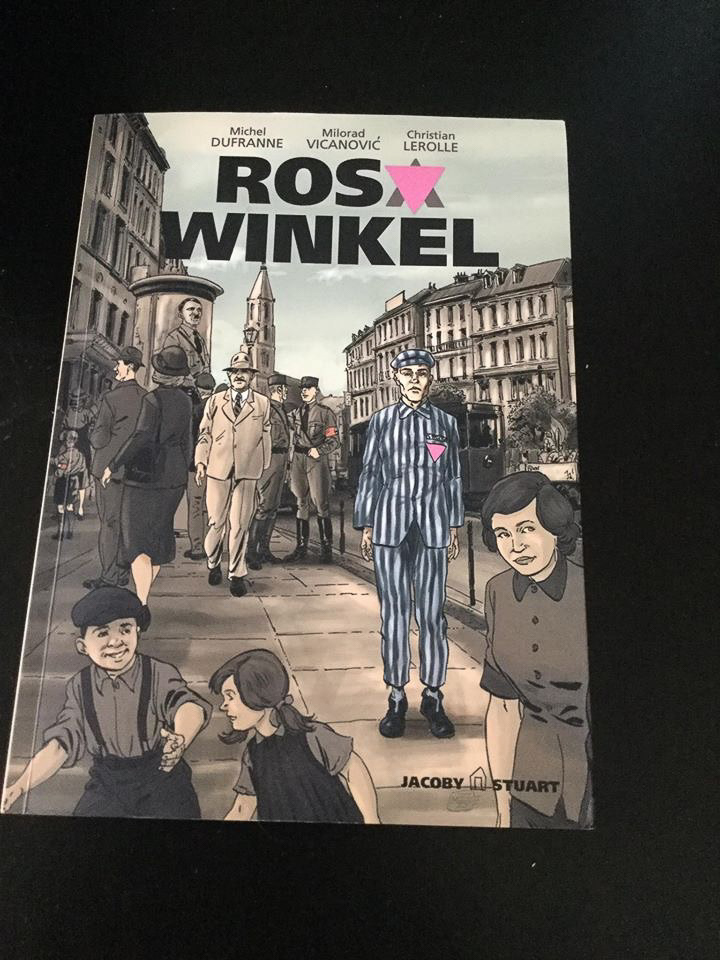
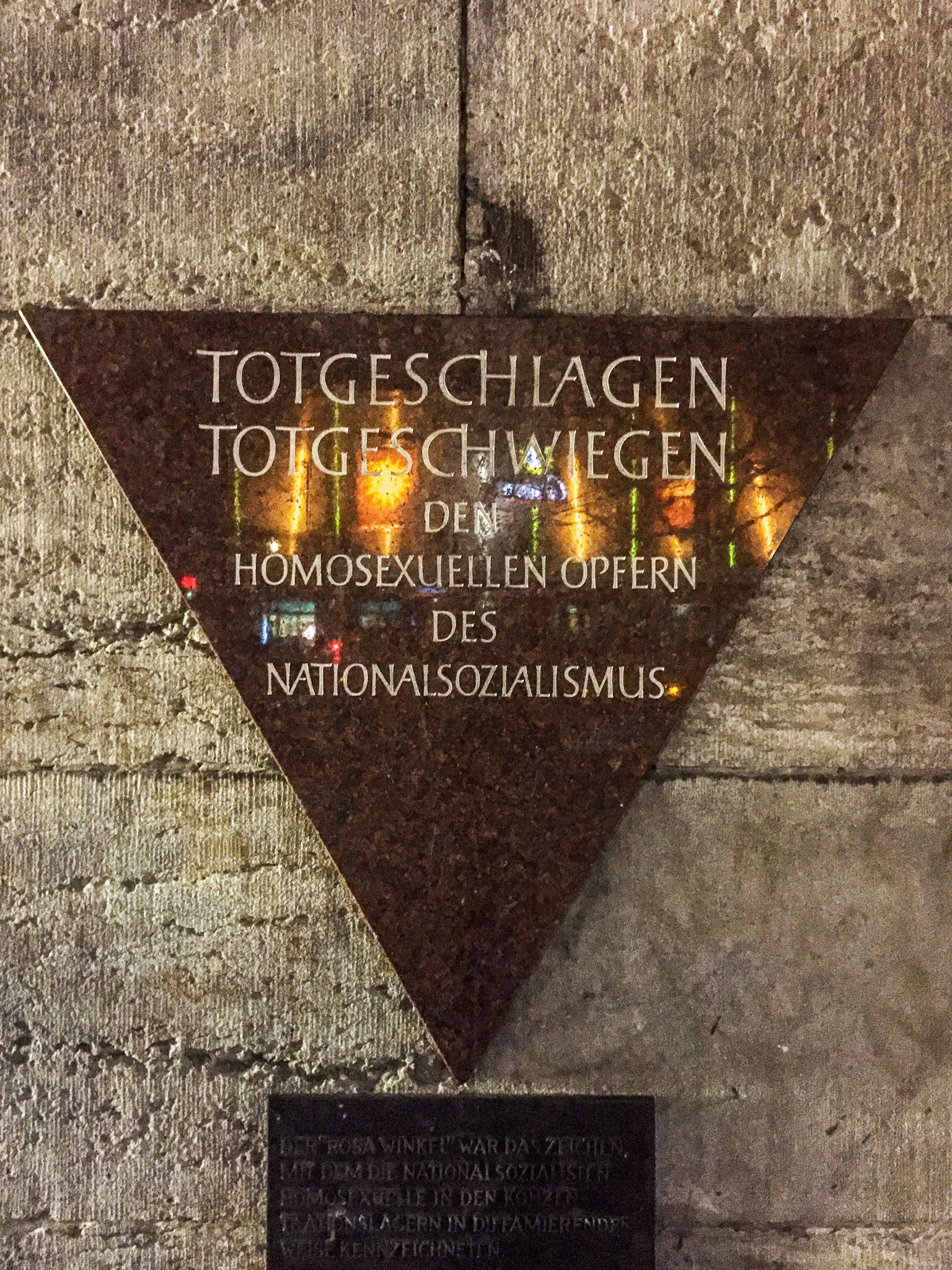

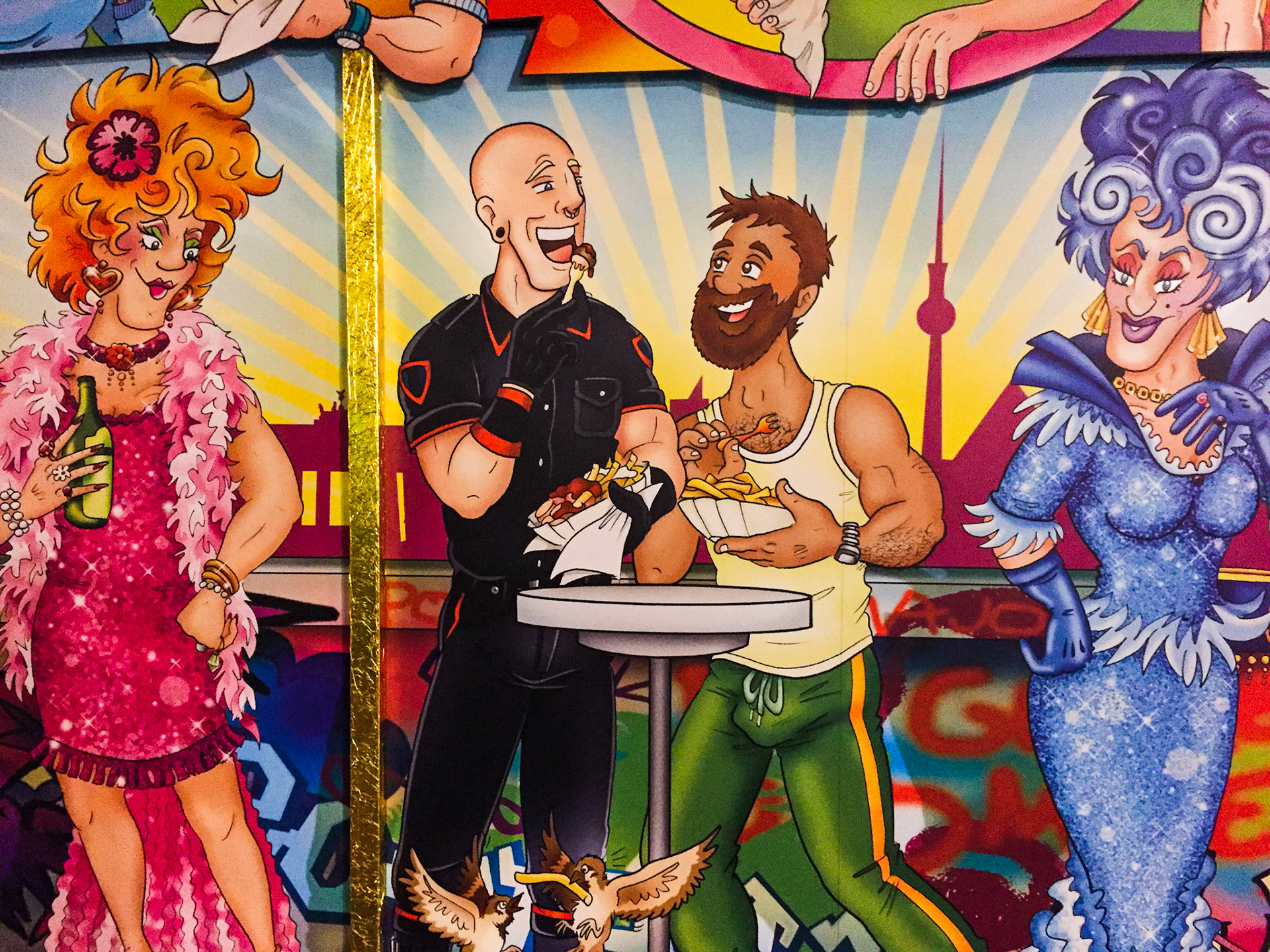
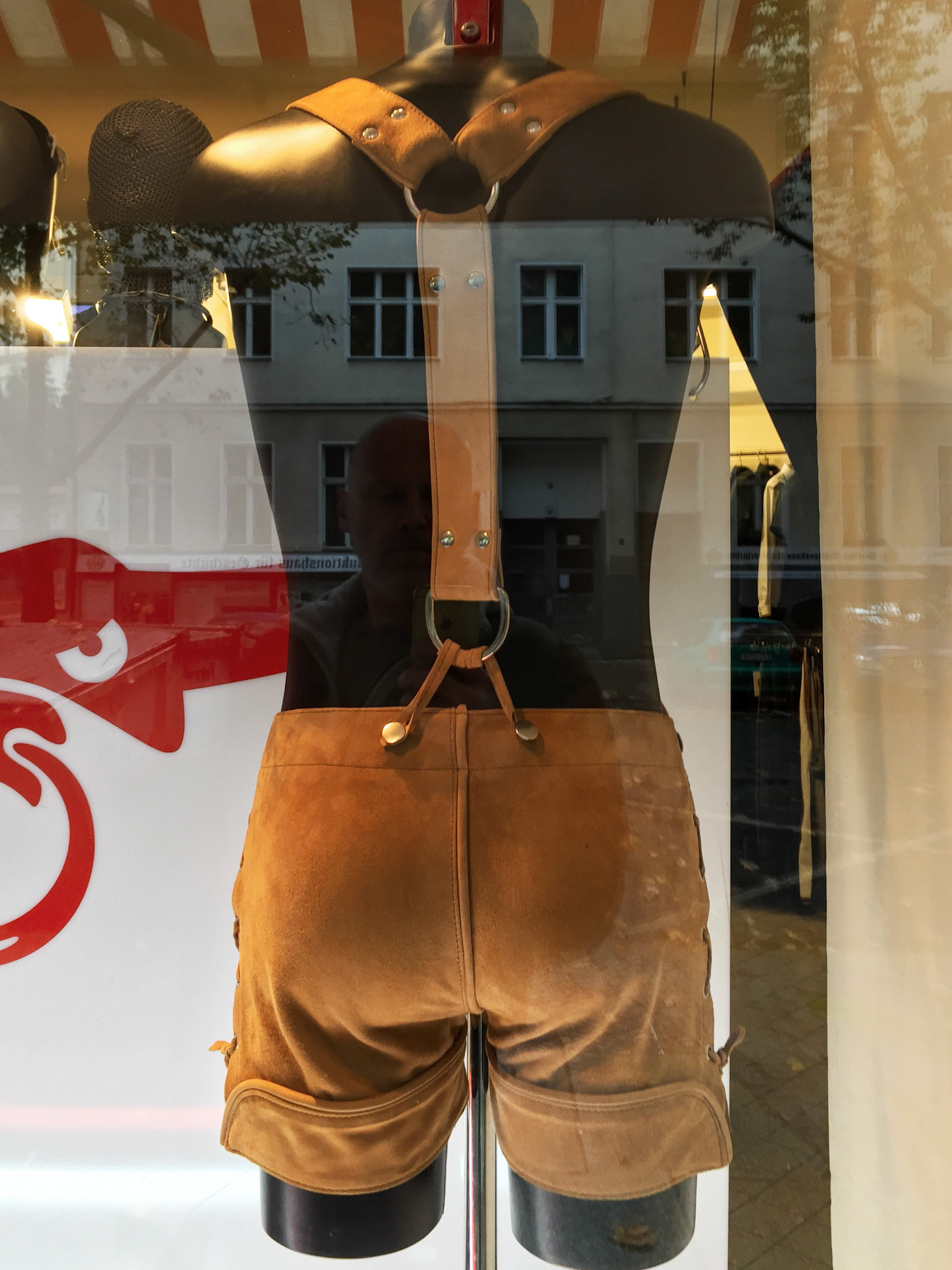








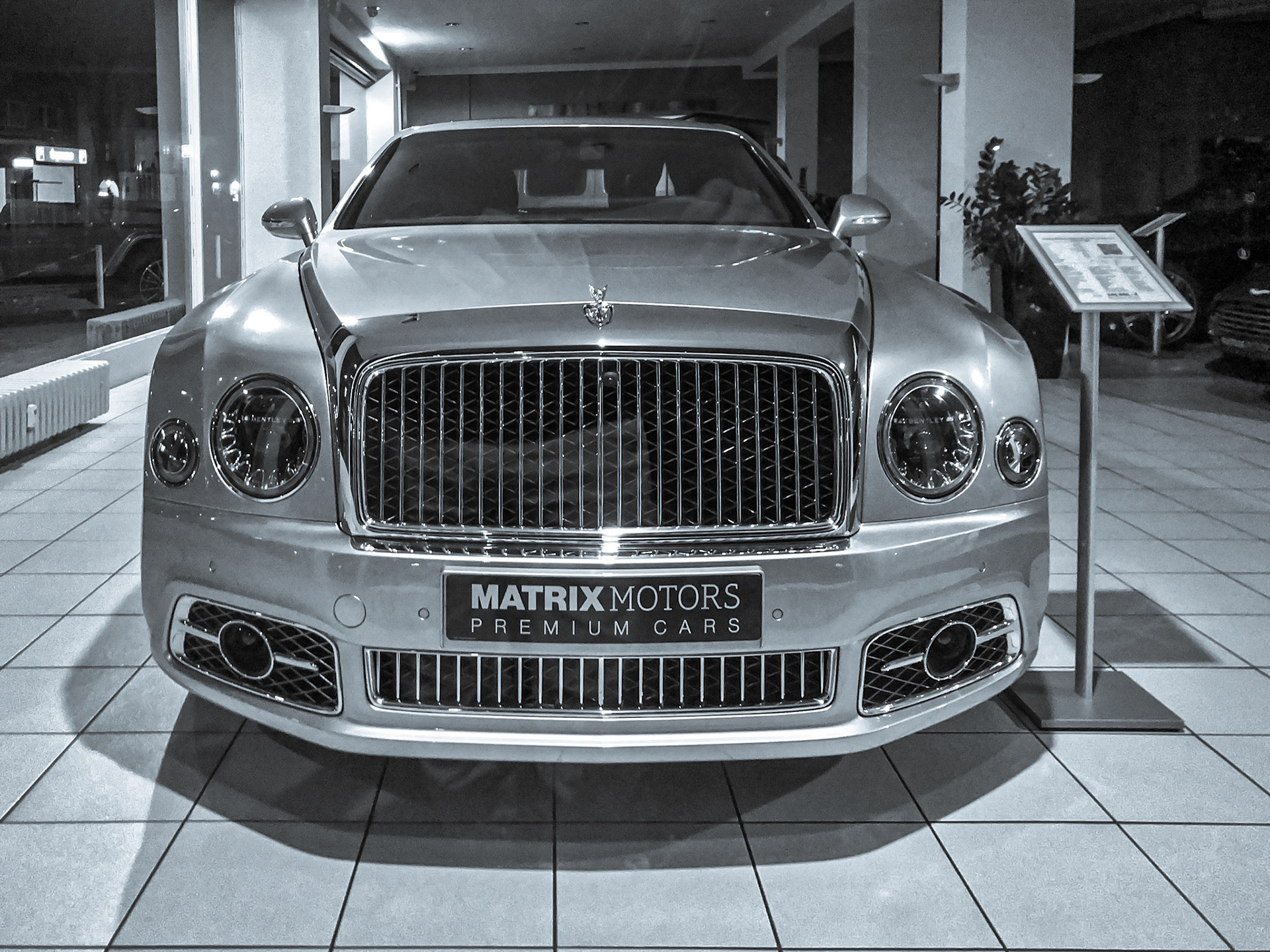
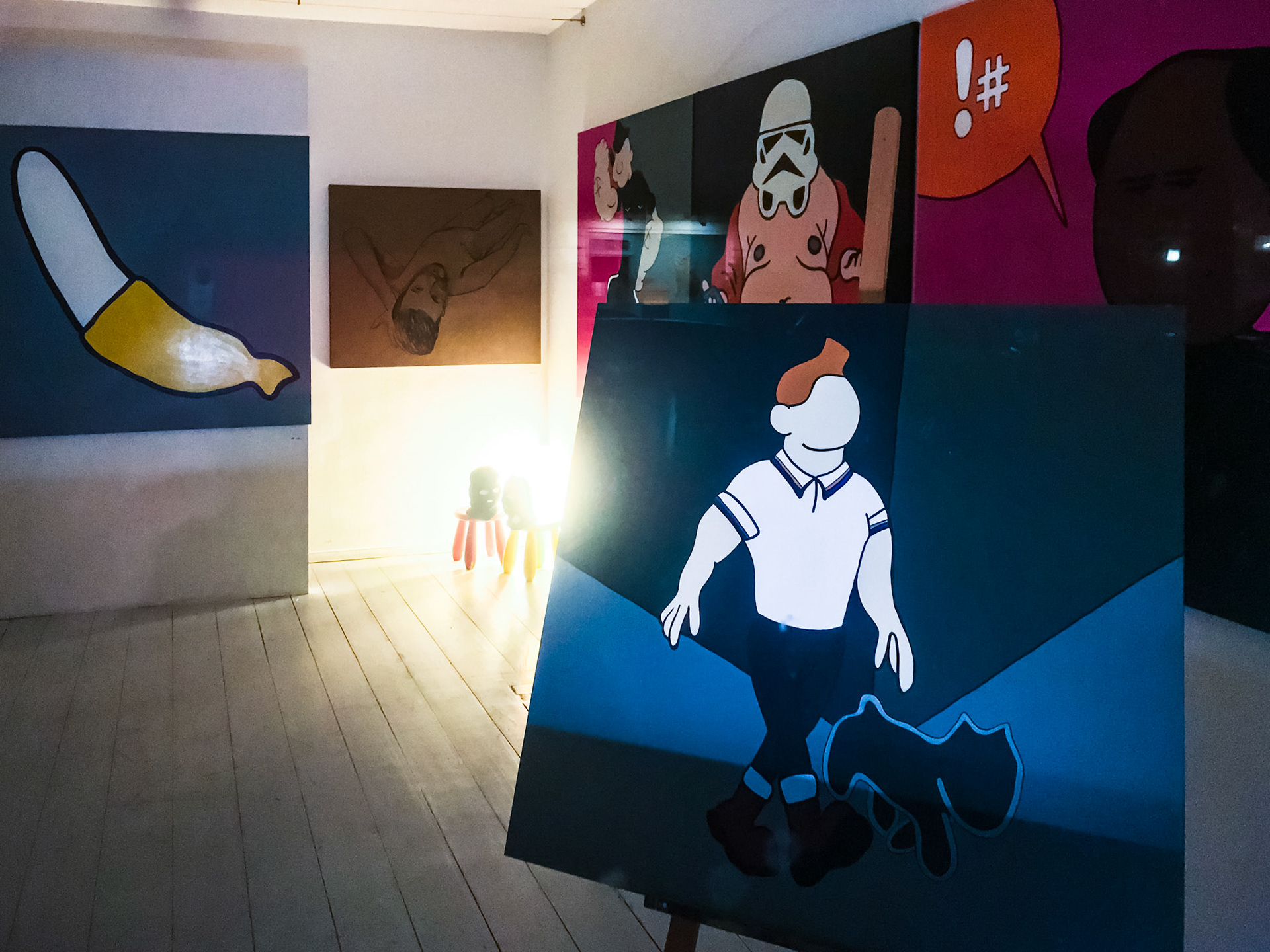
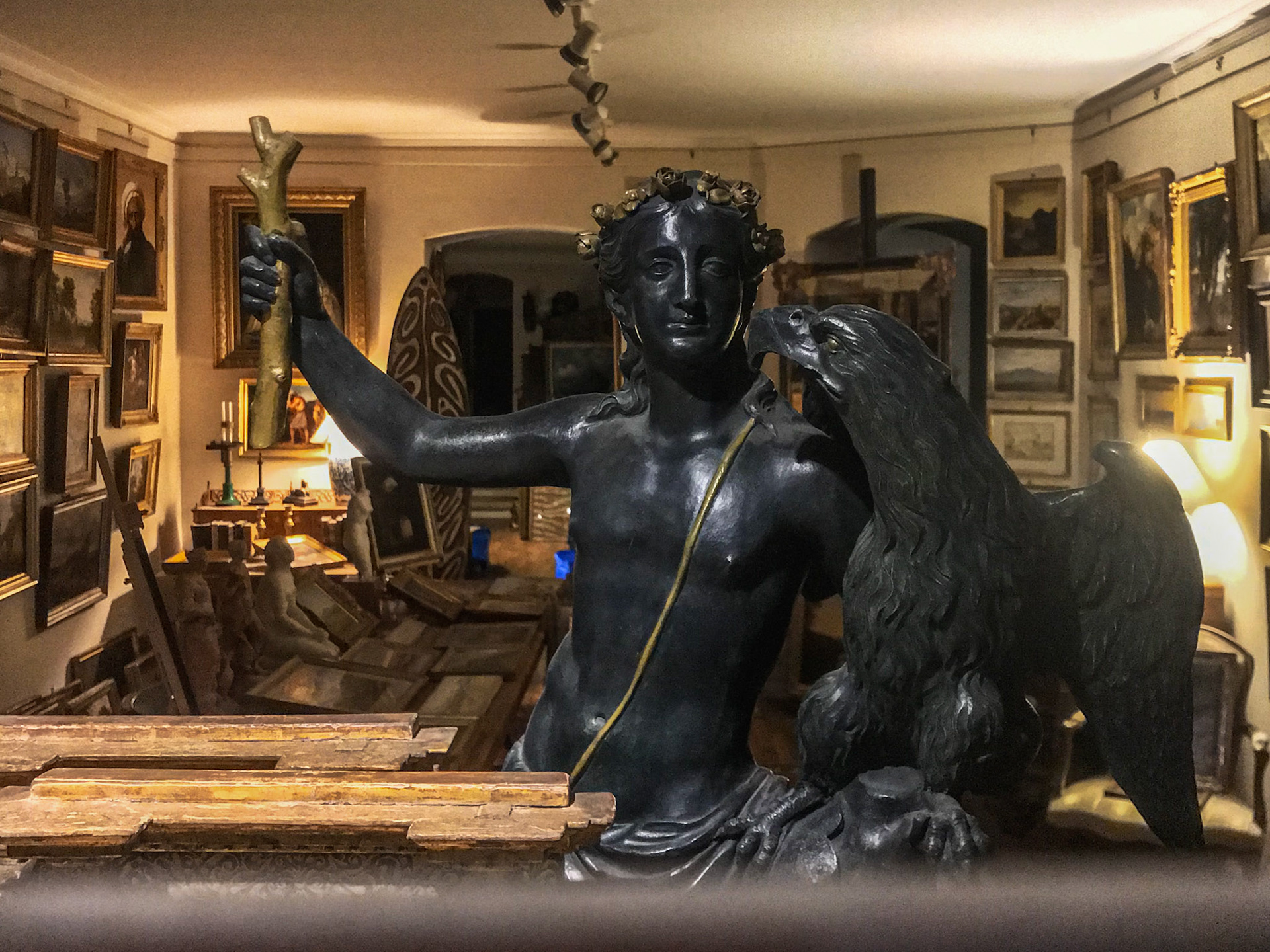
After a short break in the hotel, we got on our bus again and drove to test-eat in a fabled restaurant with the strange name Ständige Vertretung. There is a long, complicated, and boring explanation to the origin of the name, if you are a history lover with special interest in the cold war, google it. It is a place where history was written, or at least flamboyantly discussed by local and foreign visitors. The location is excellent, just across the river from the Friedrichstrasse railway station, the crowd is mixed, local and international, the place is a little touristy, but not a tourist trap, it is overcrowded and loud and fun, the walls covered in historical photos and artefacts, some of them unique and remarkably interesting. The food is good, beer is fresh and cold, and the service is great. I would end up in a madhouse after just one shift. But the Berliners are tough, very tough. We paid, left a good tip and boarded our bus with our eccentric bus driver to whom I will come back to later, and called it a night.
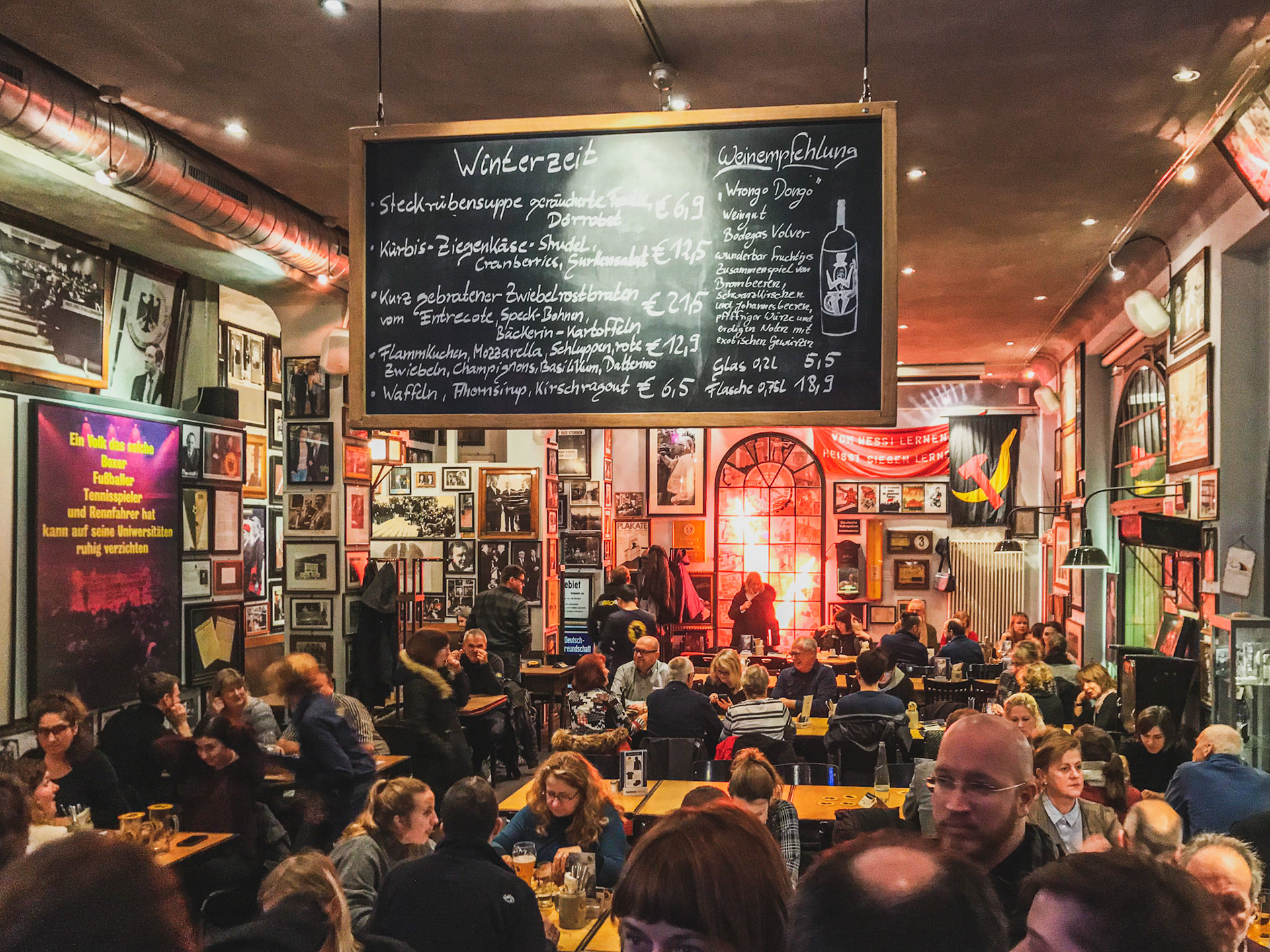
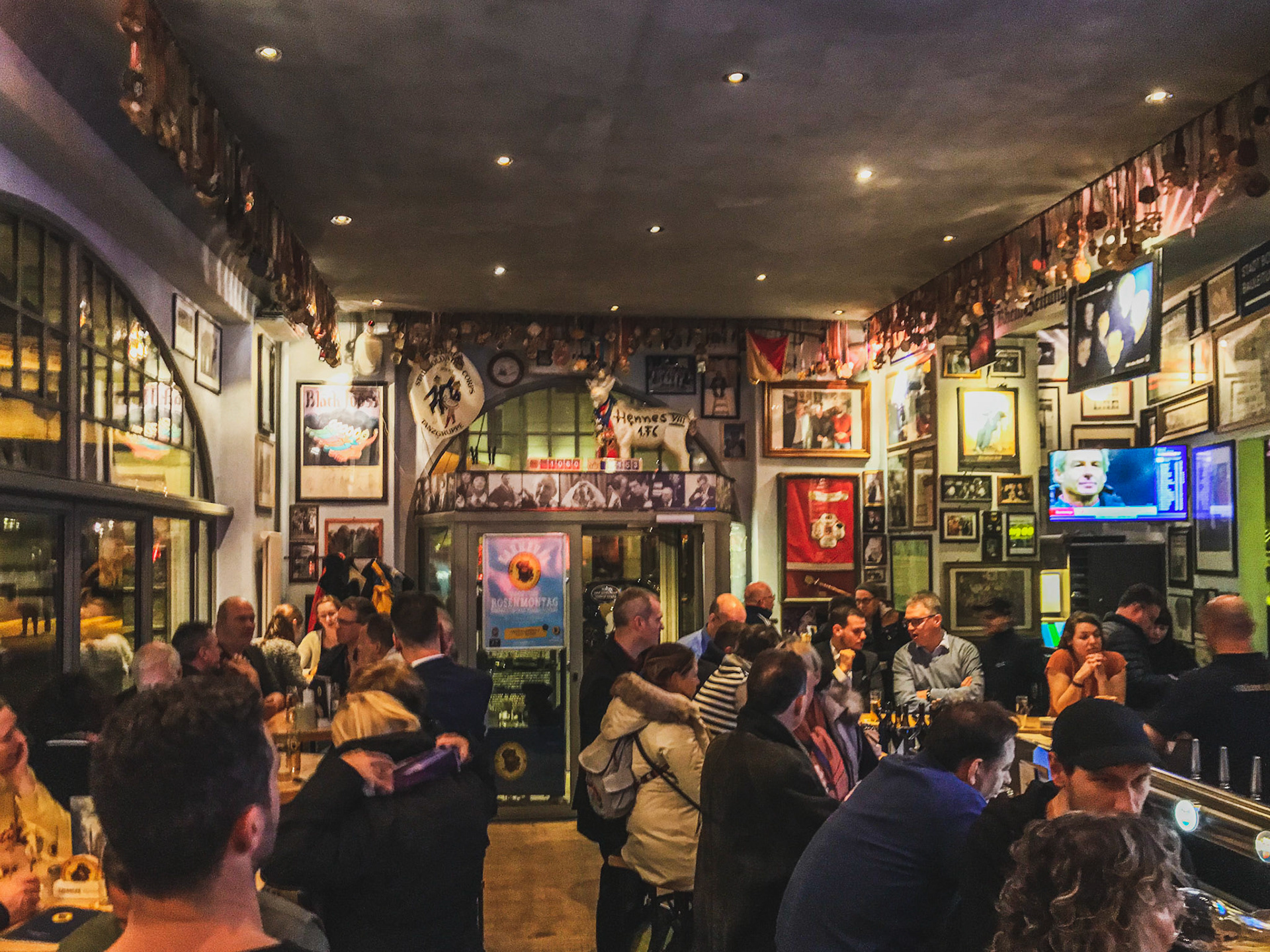

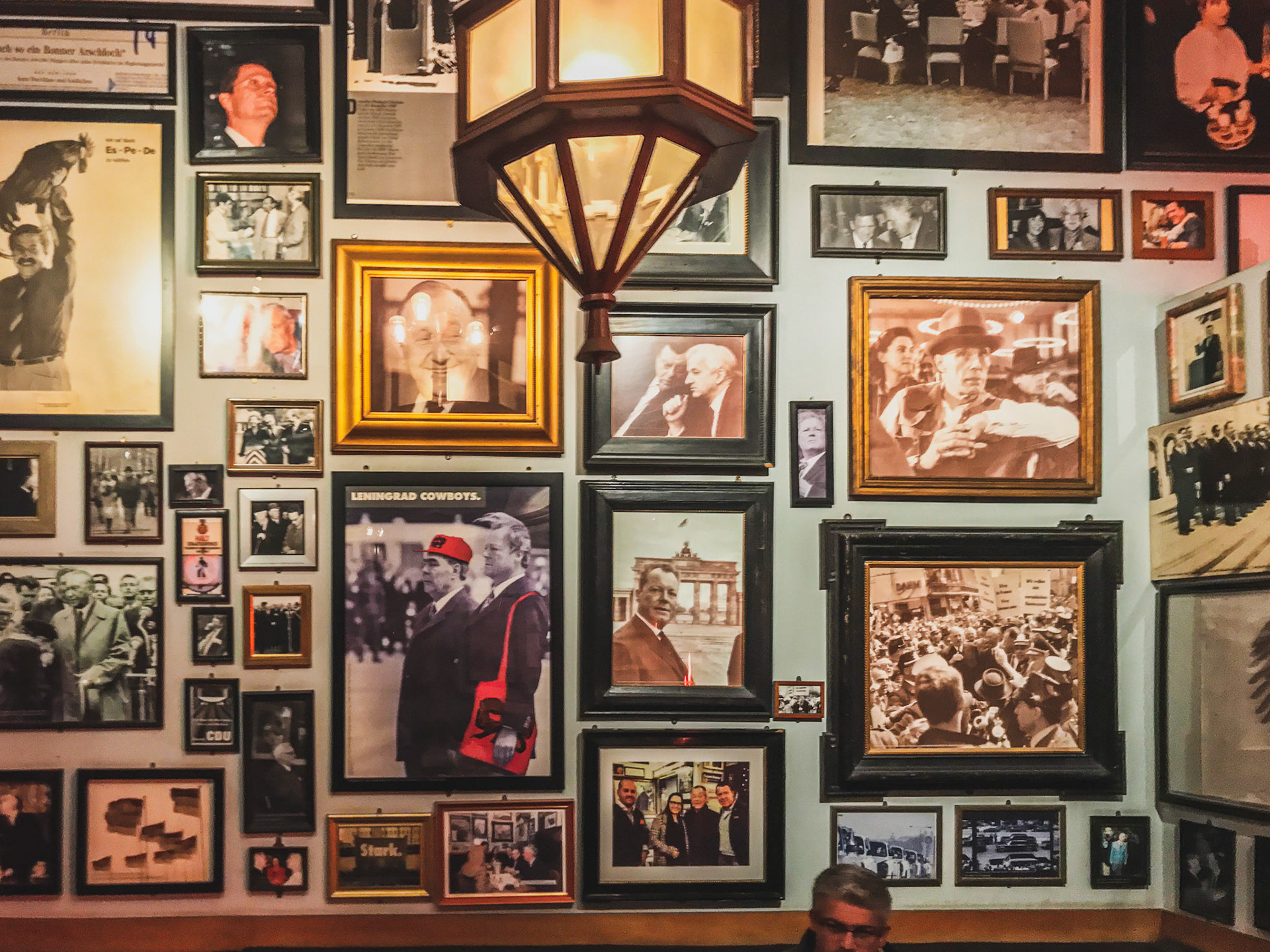
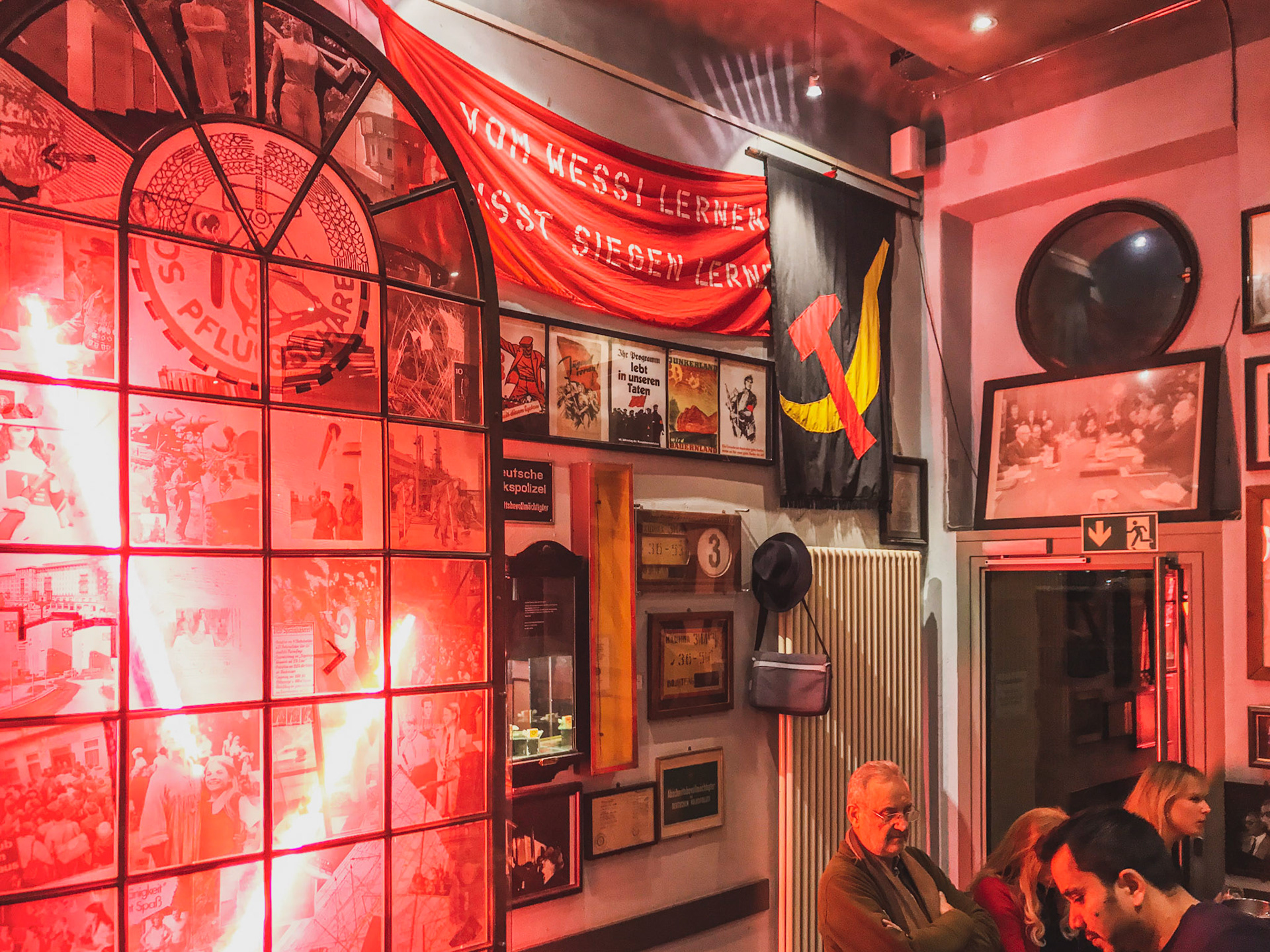
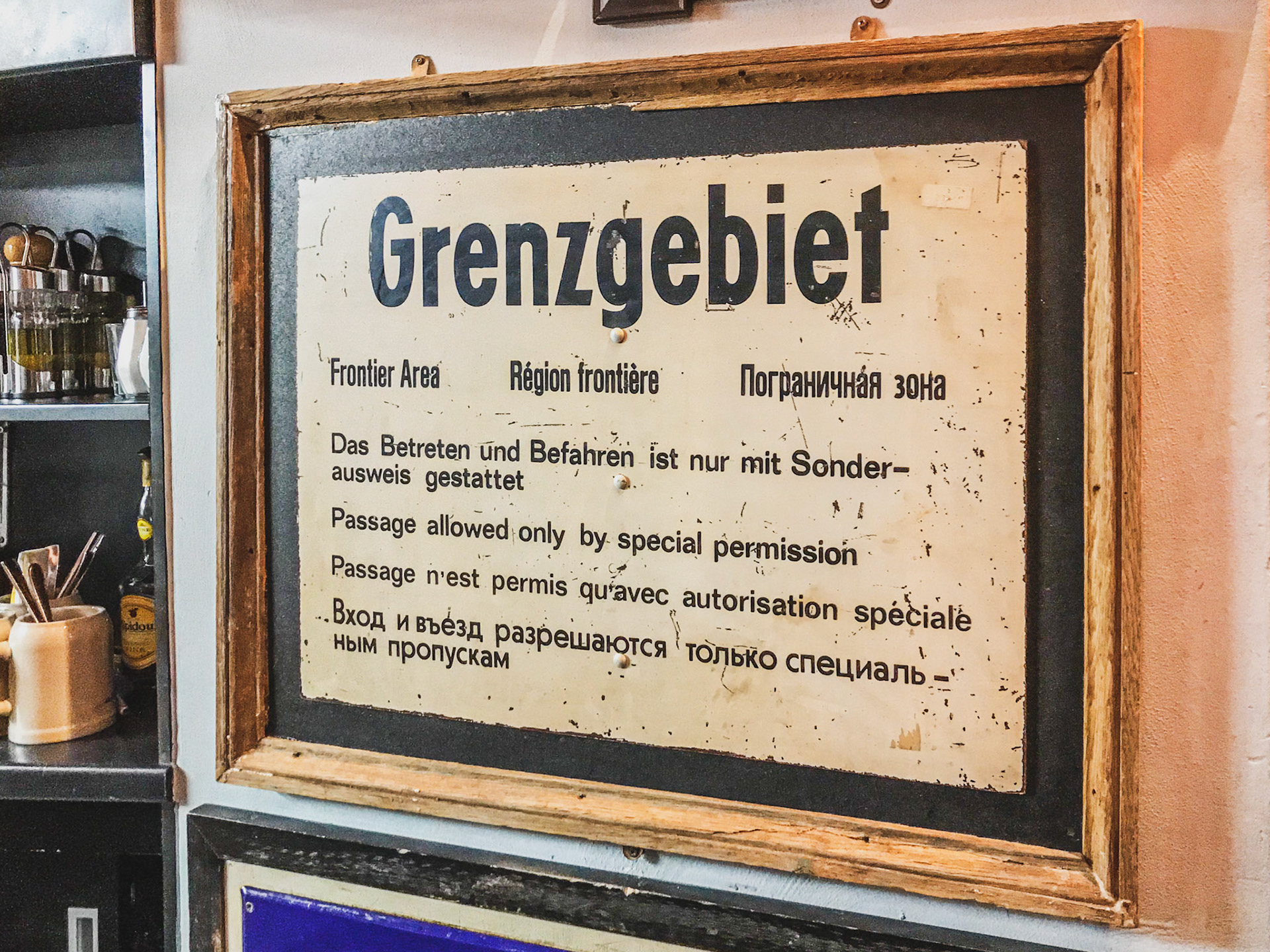
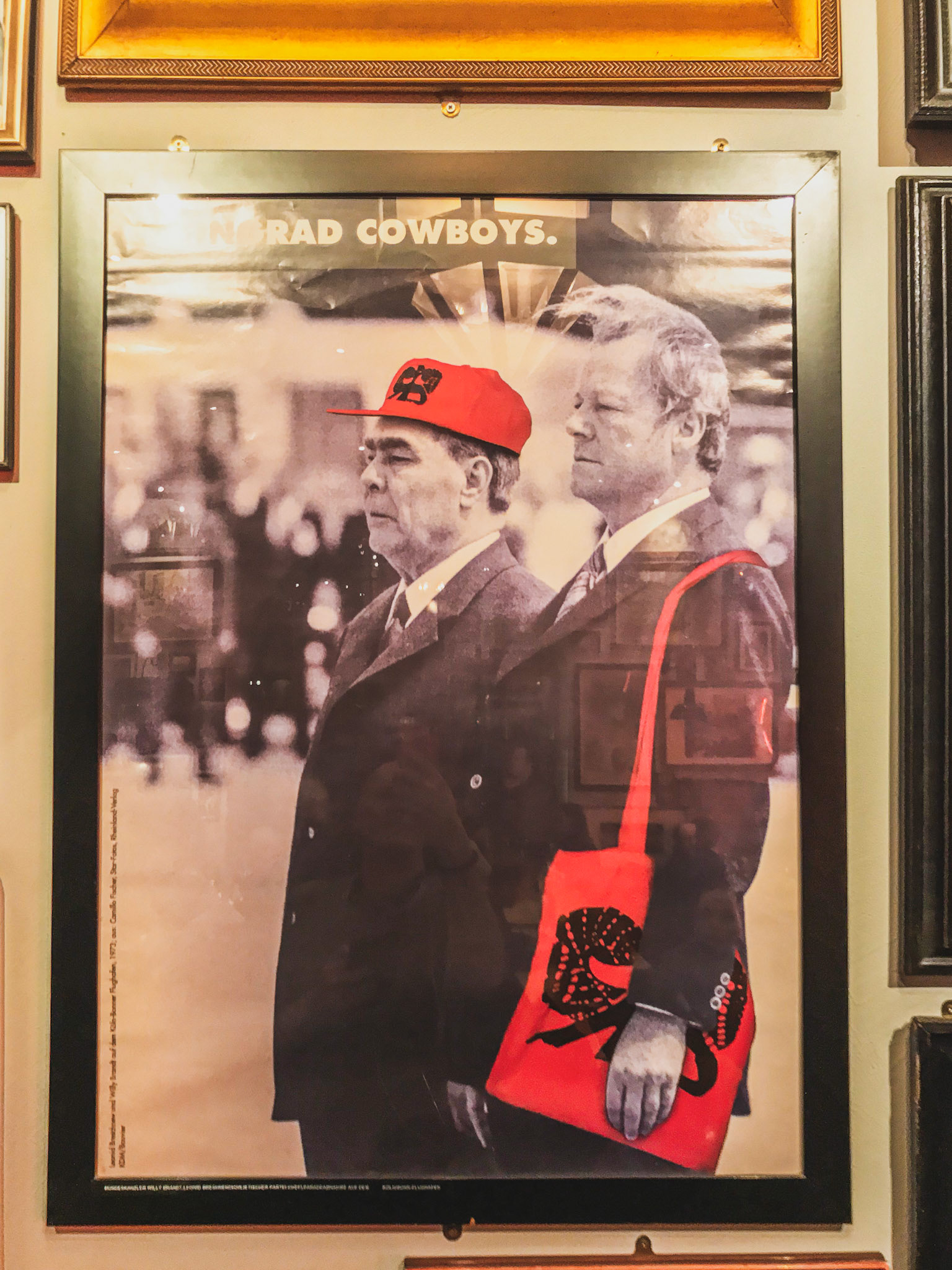
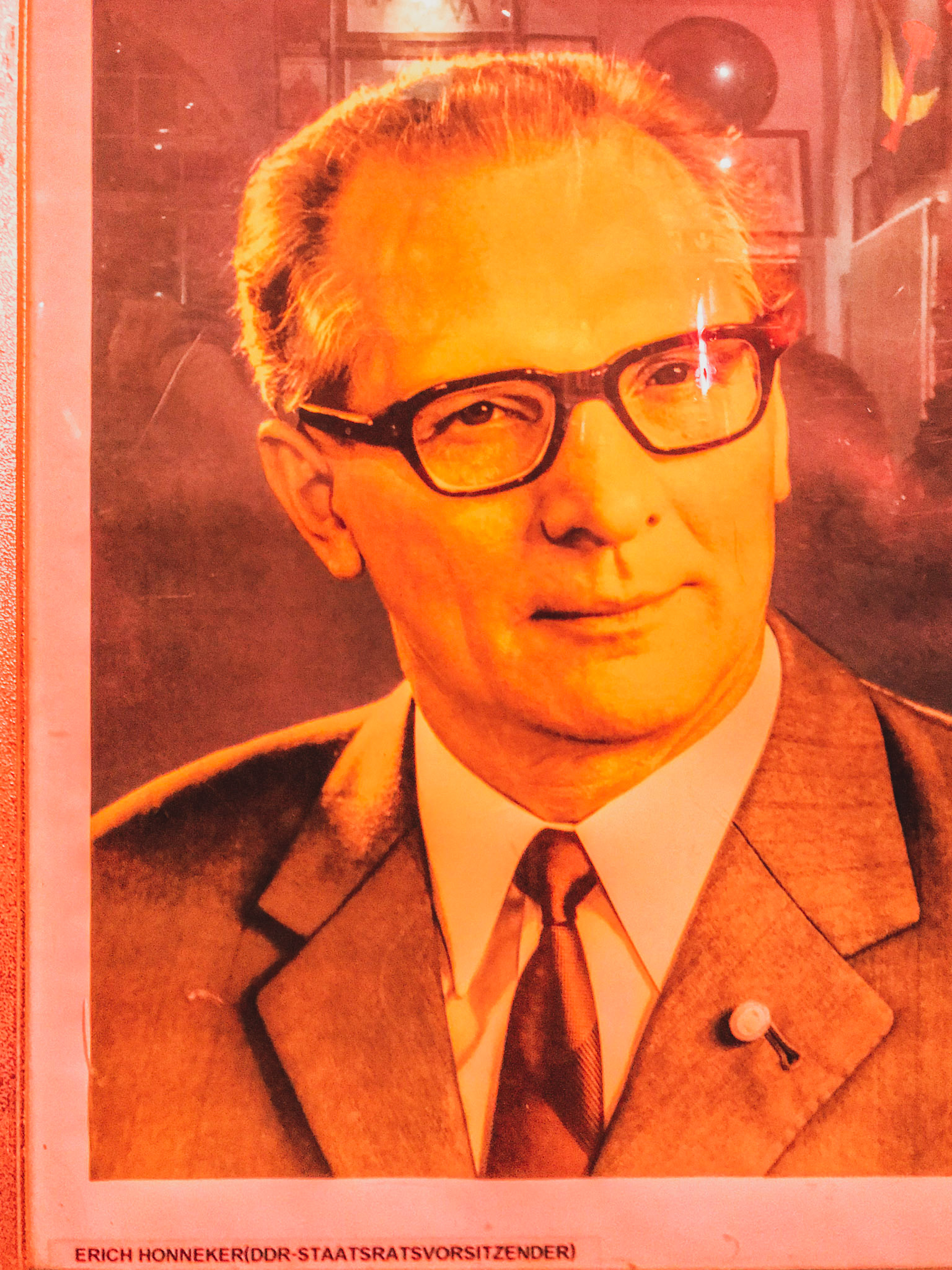


Well, my colleagues did, and I could silently disappear to grab another beer at the Hafen Bar and chat a little more with friends. I will regret this decision tomorrow, but as usual, little did I know.
